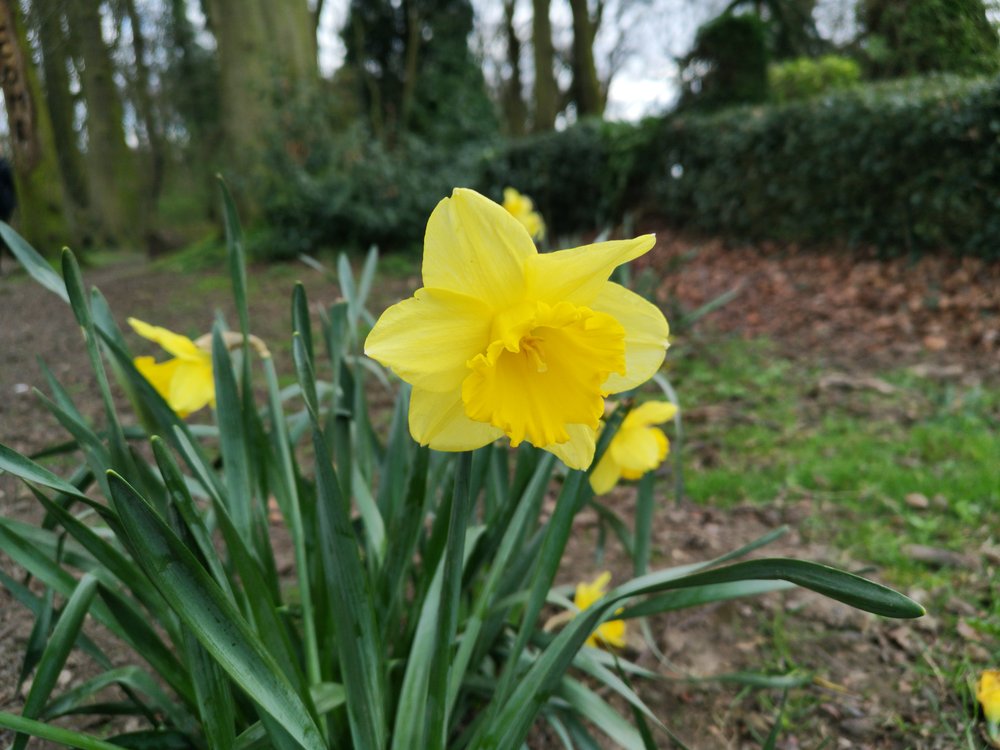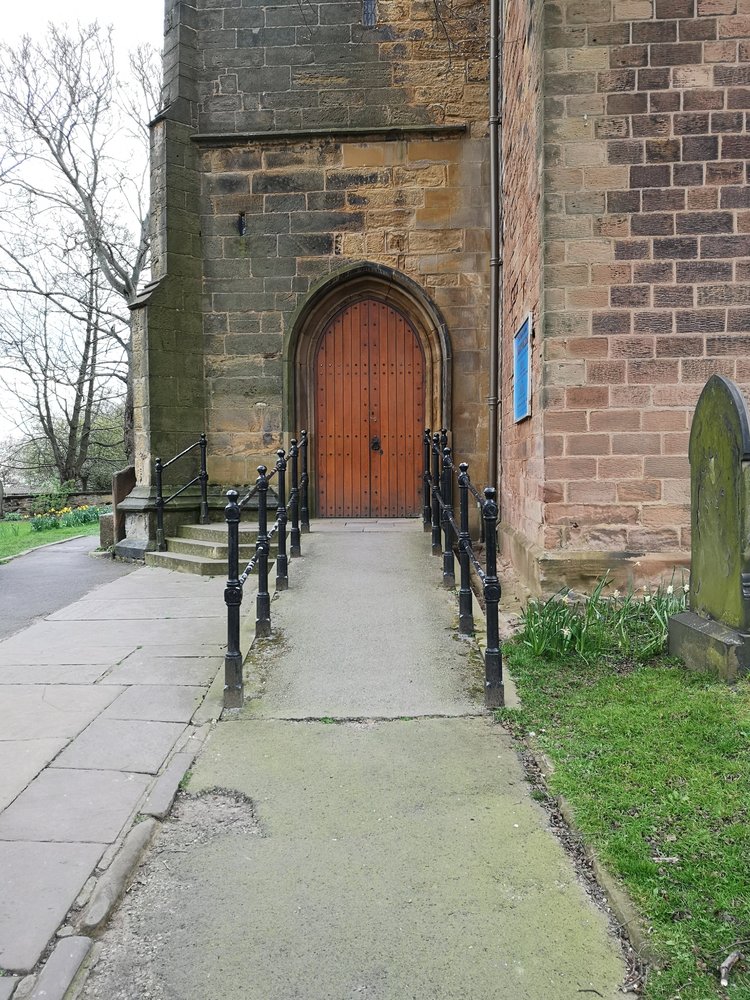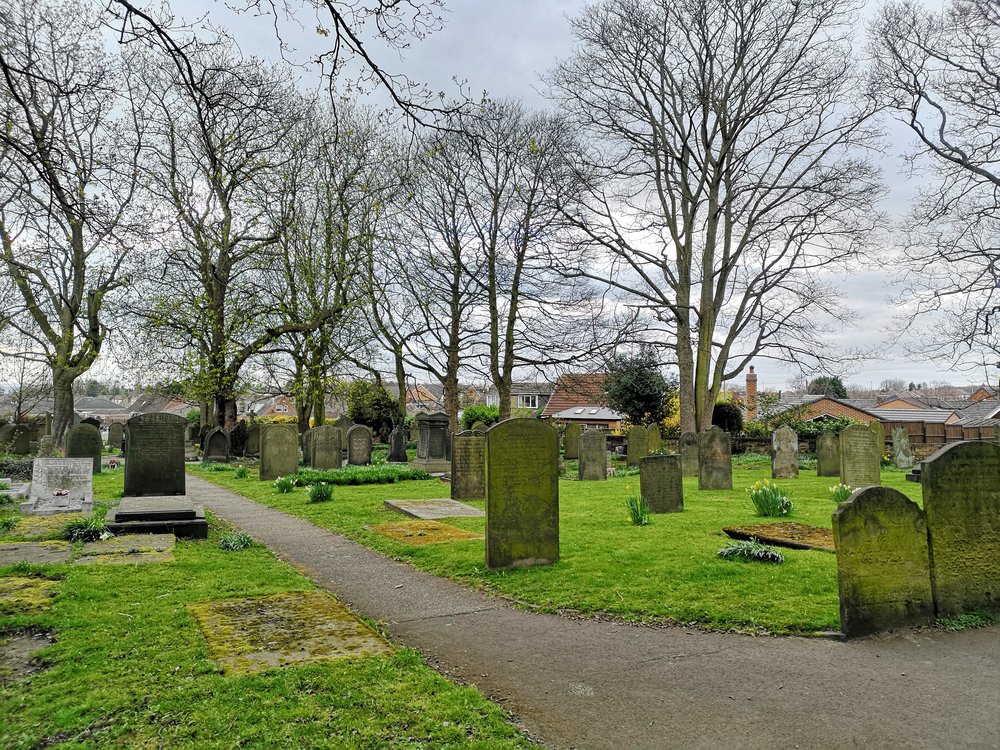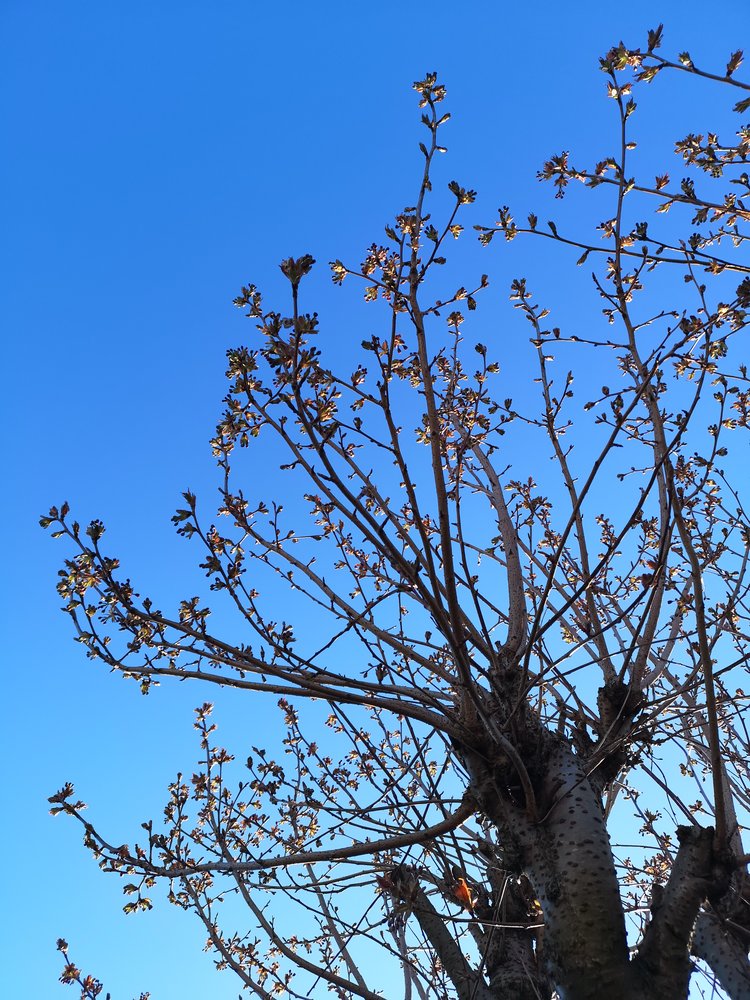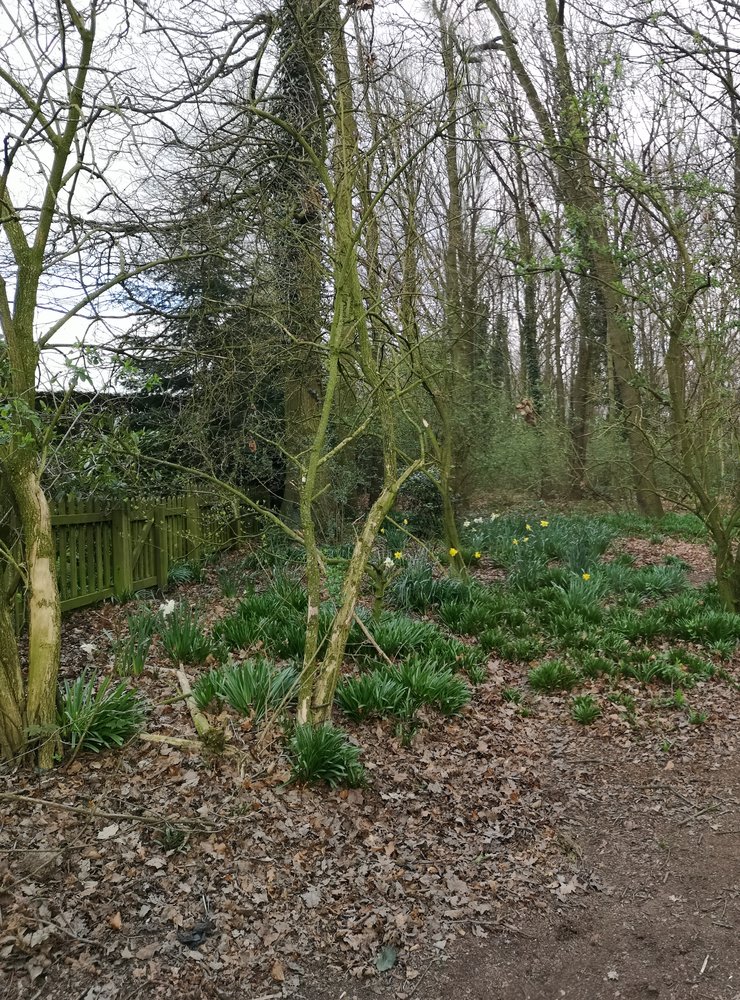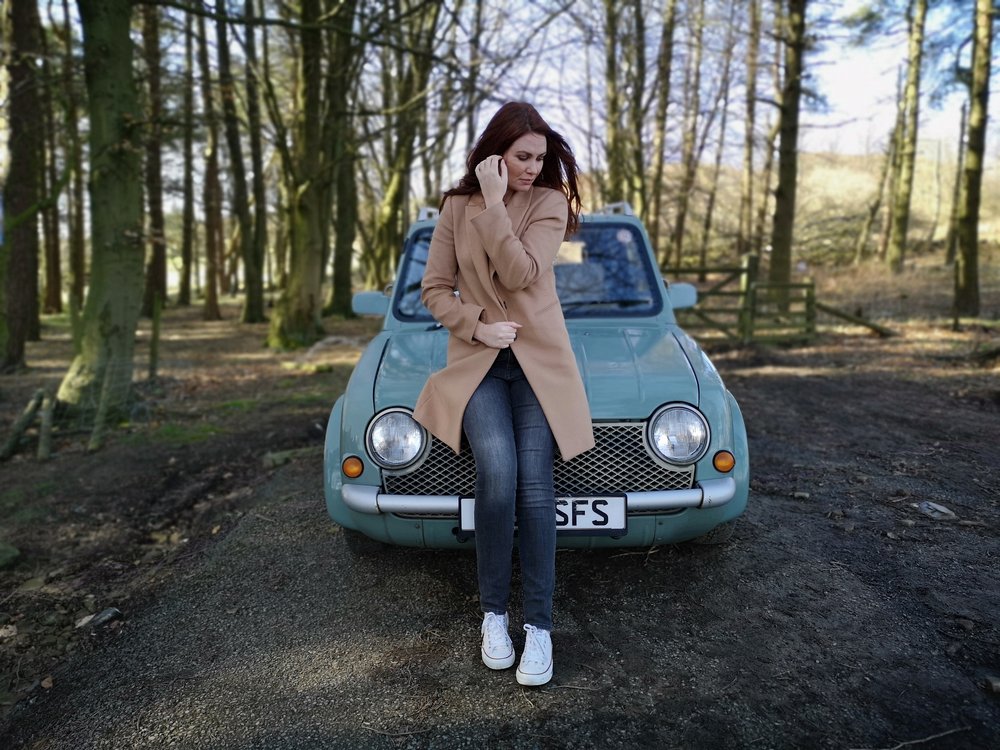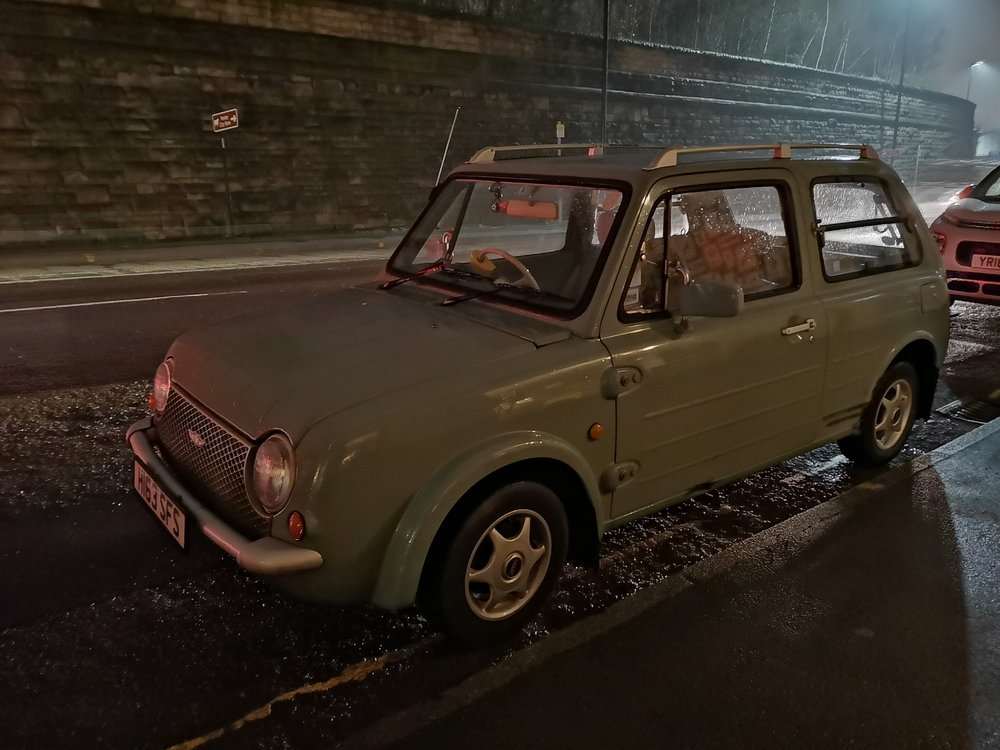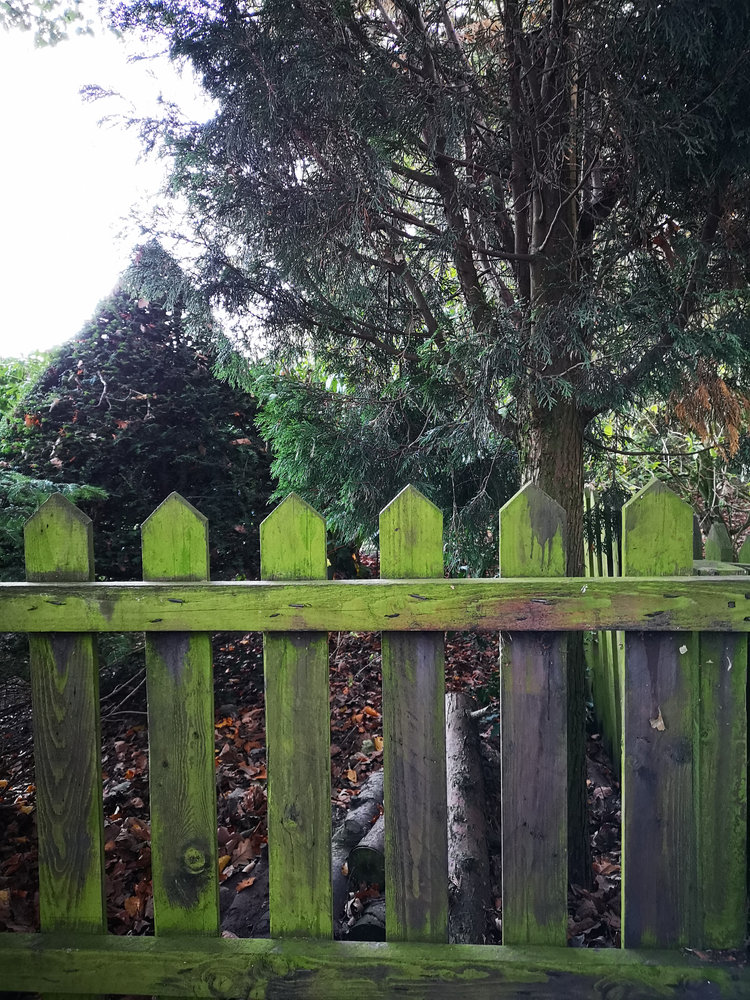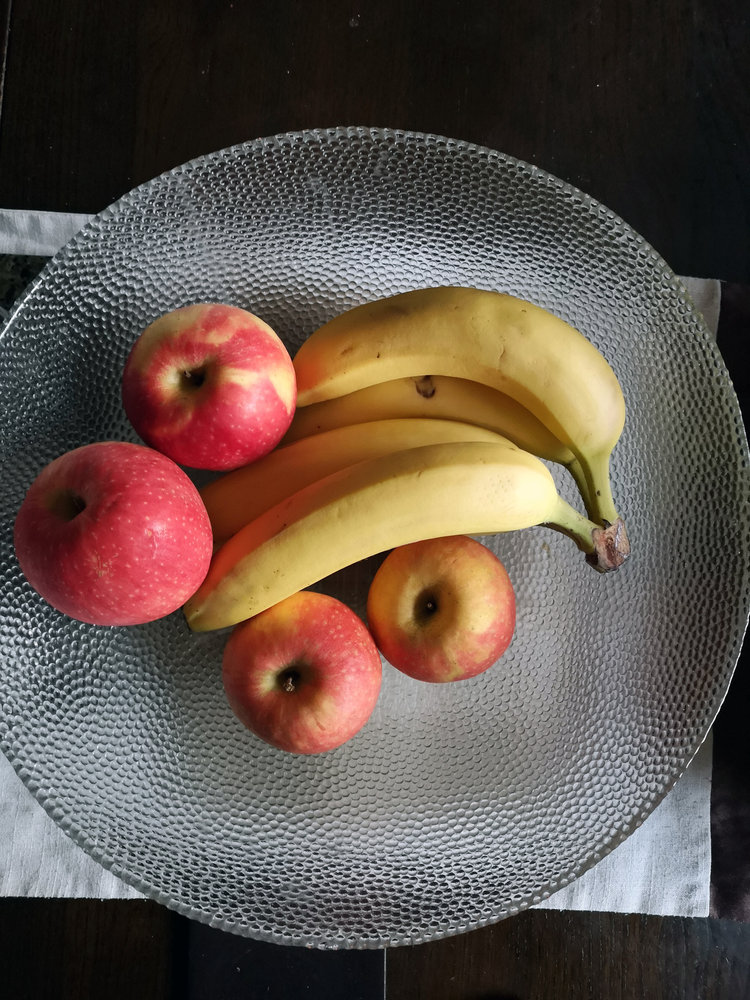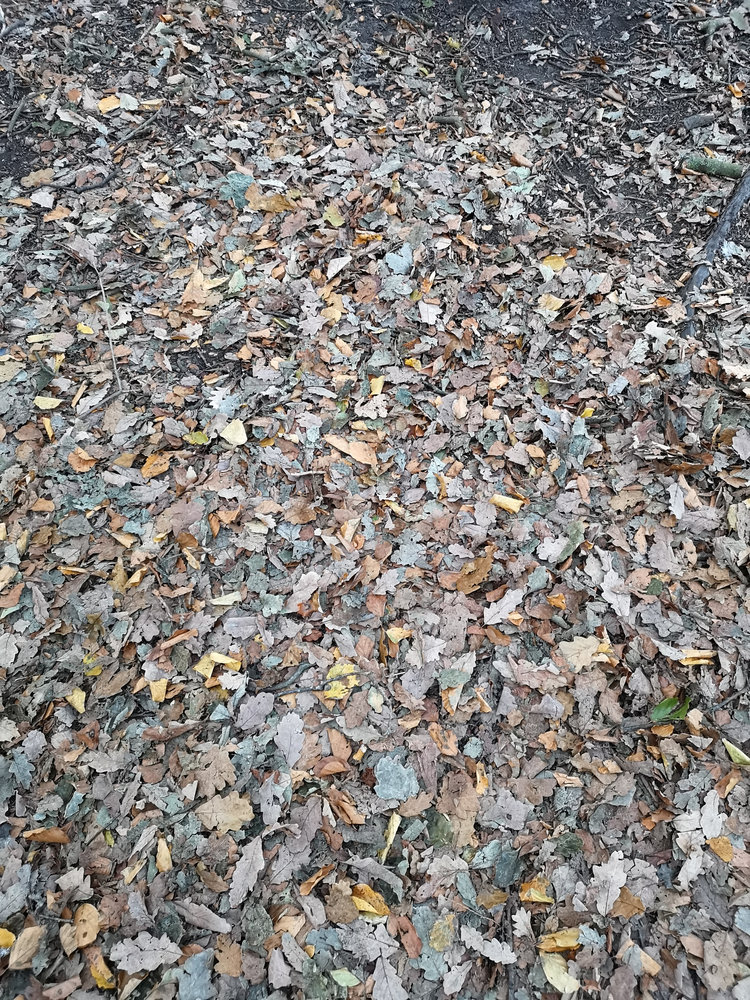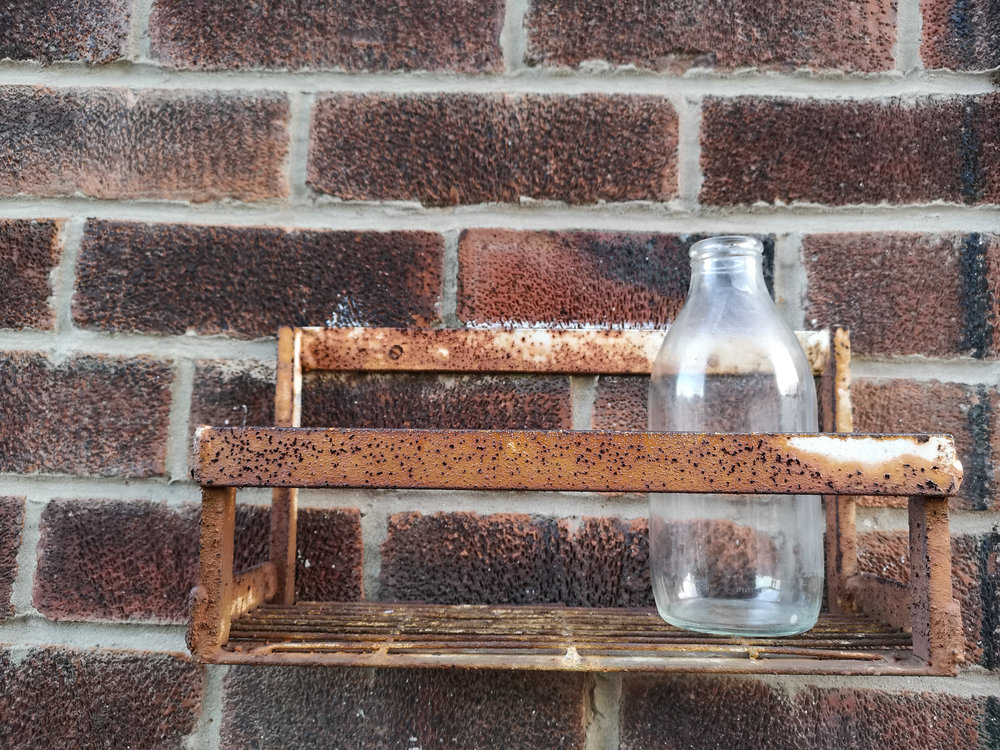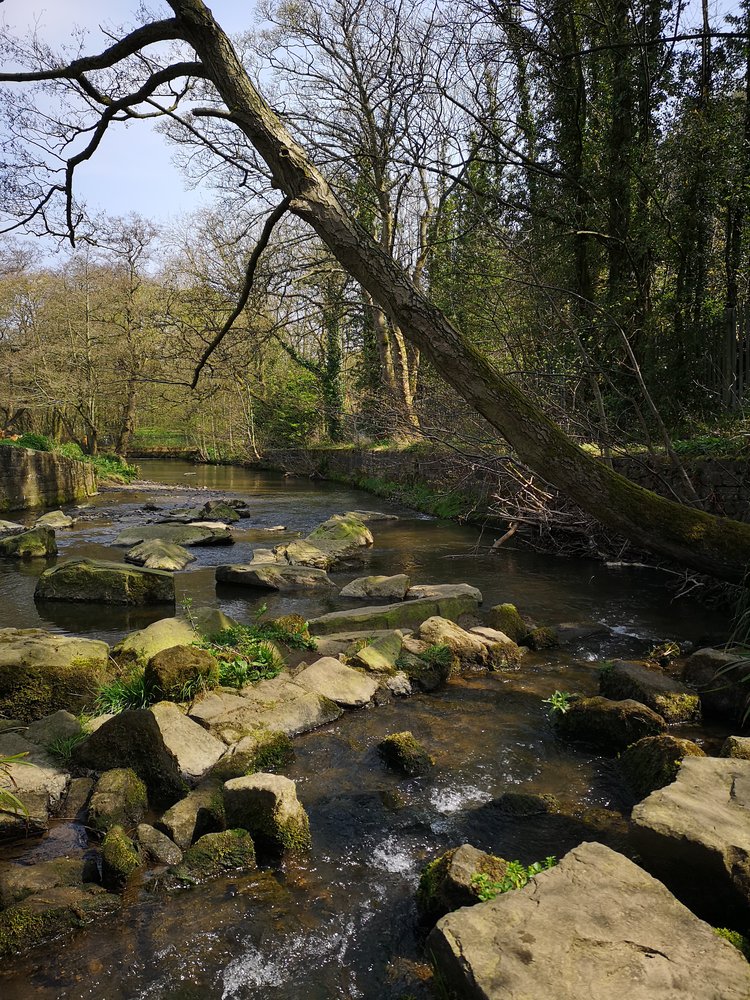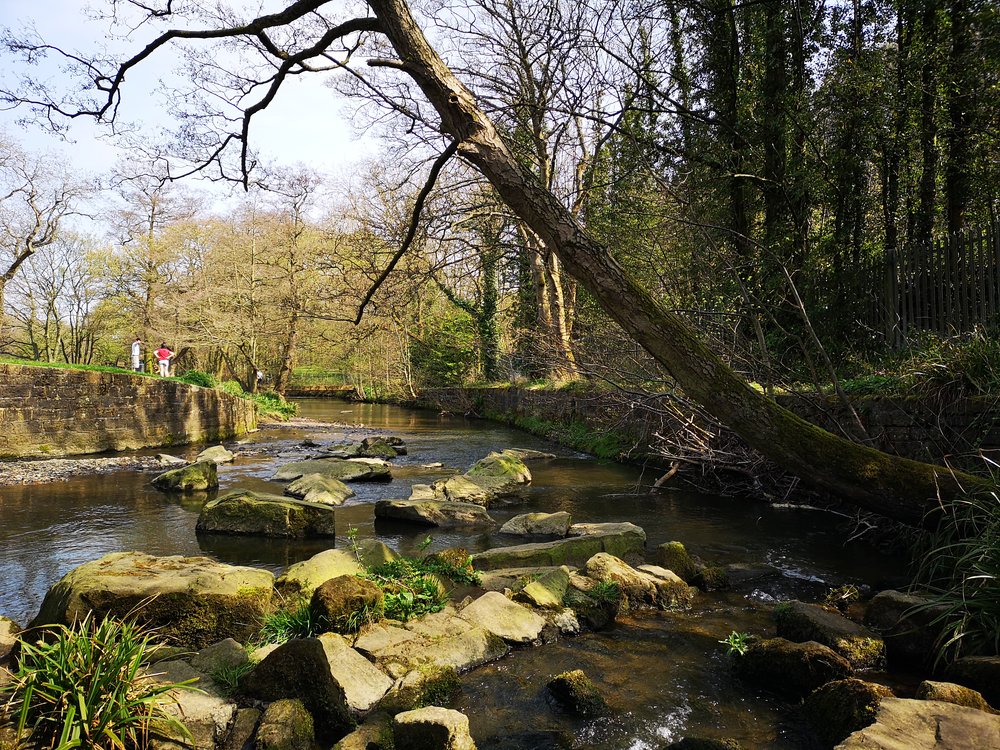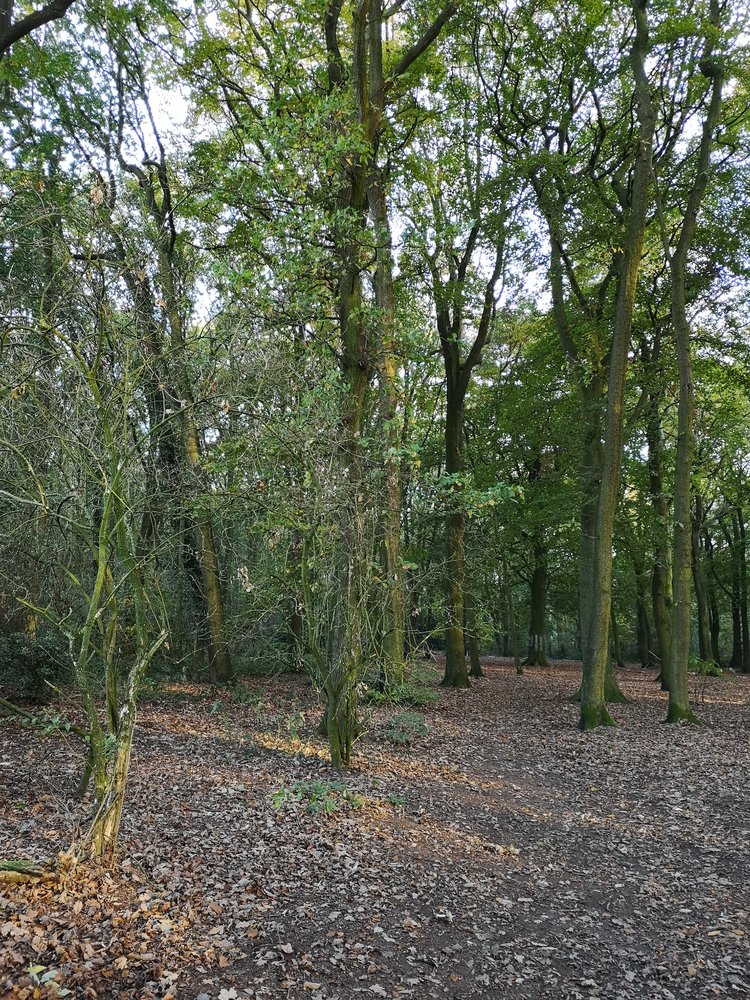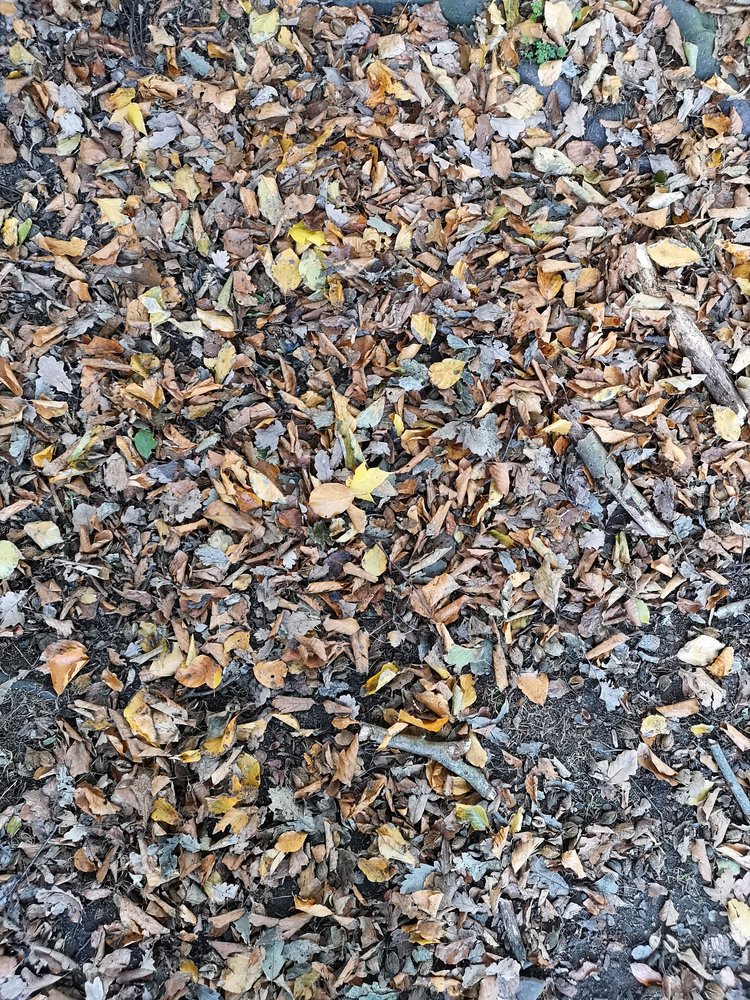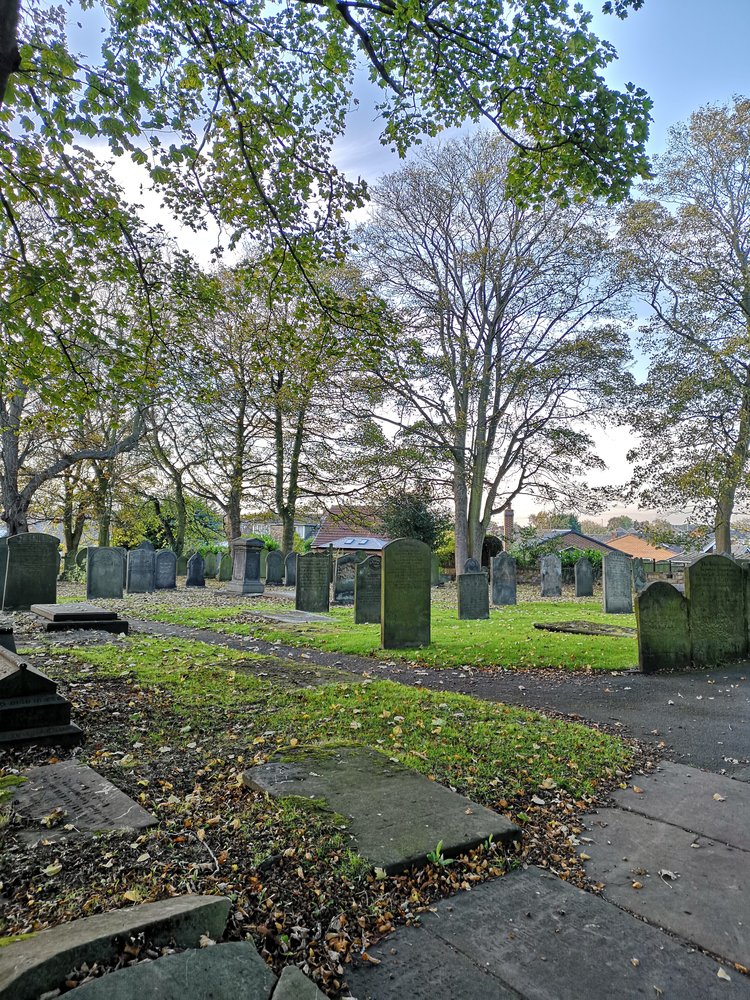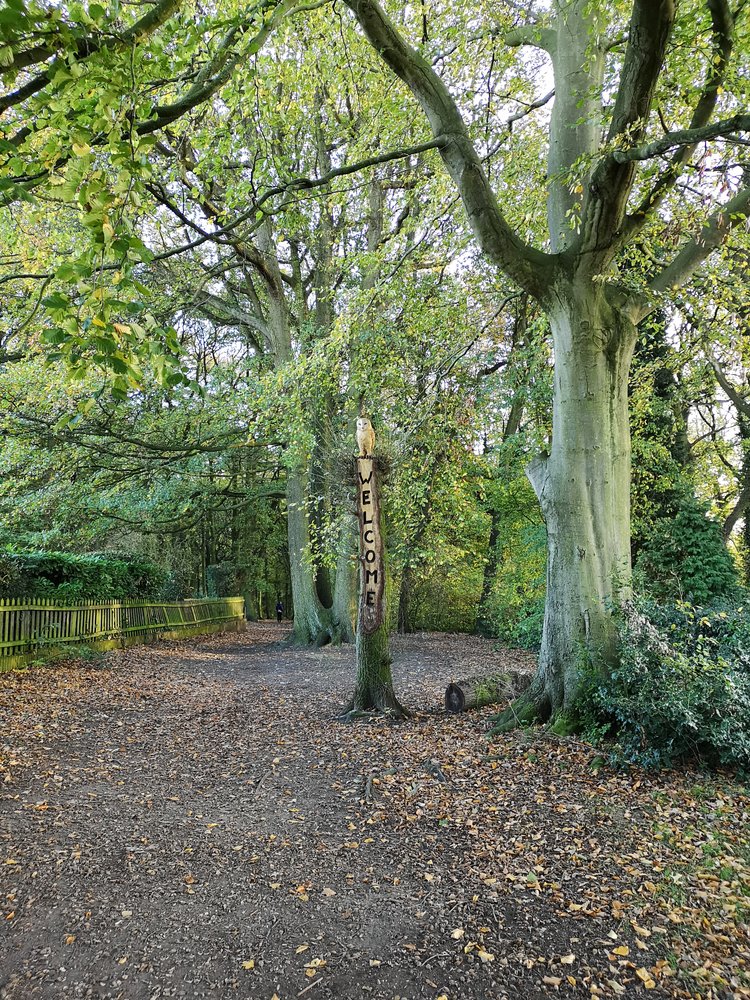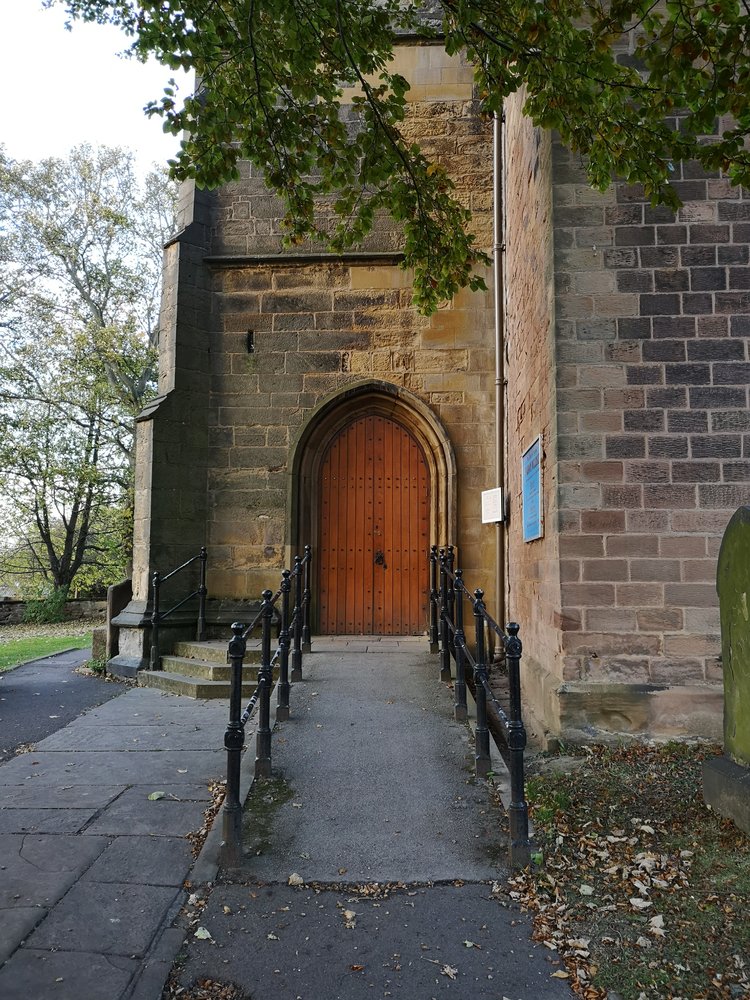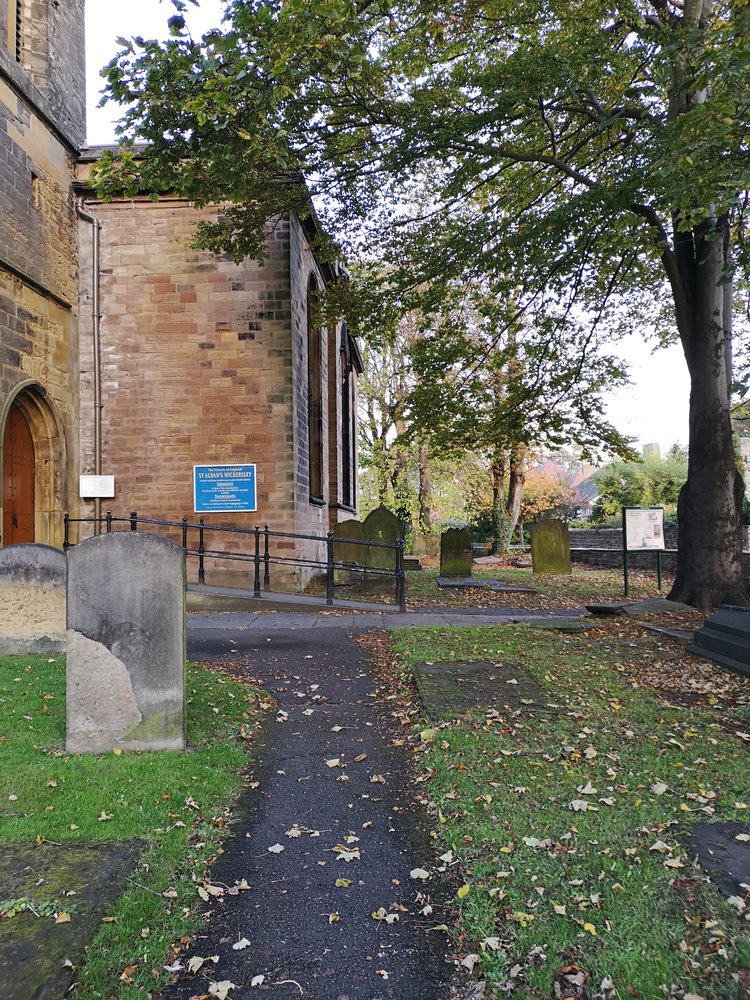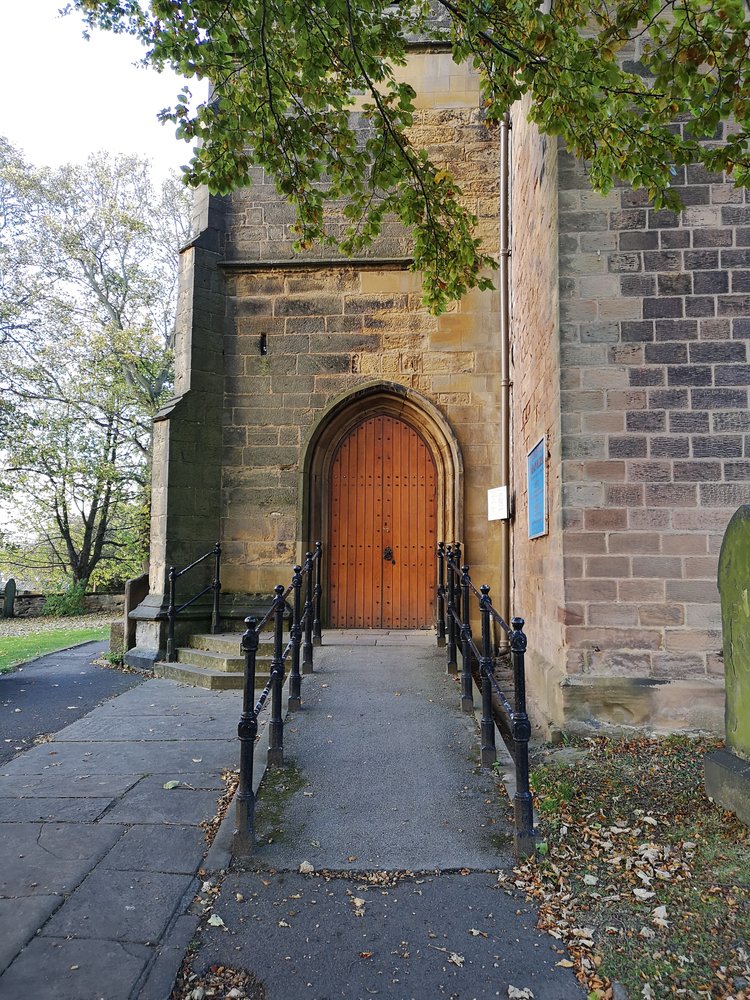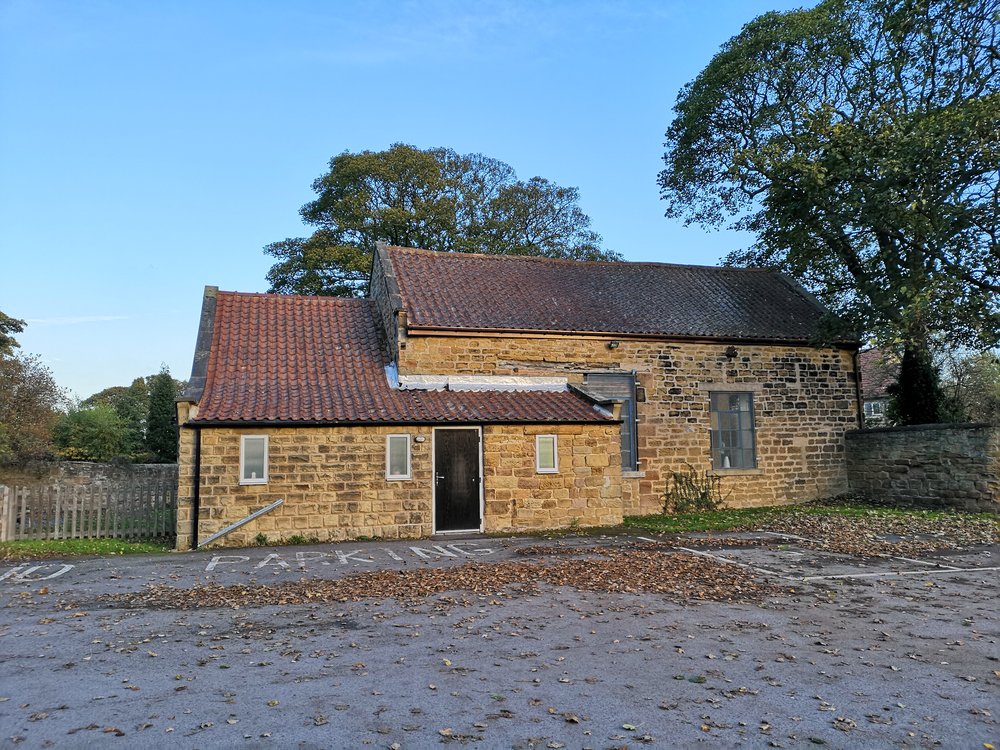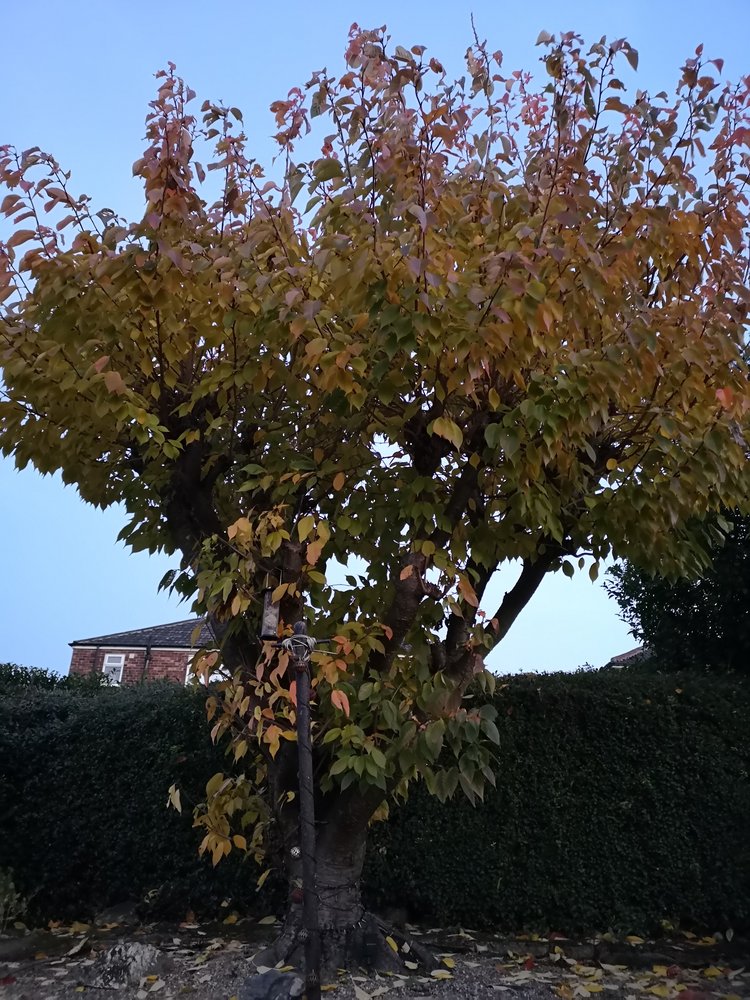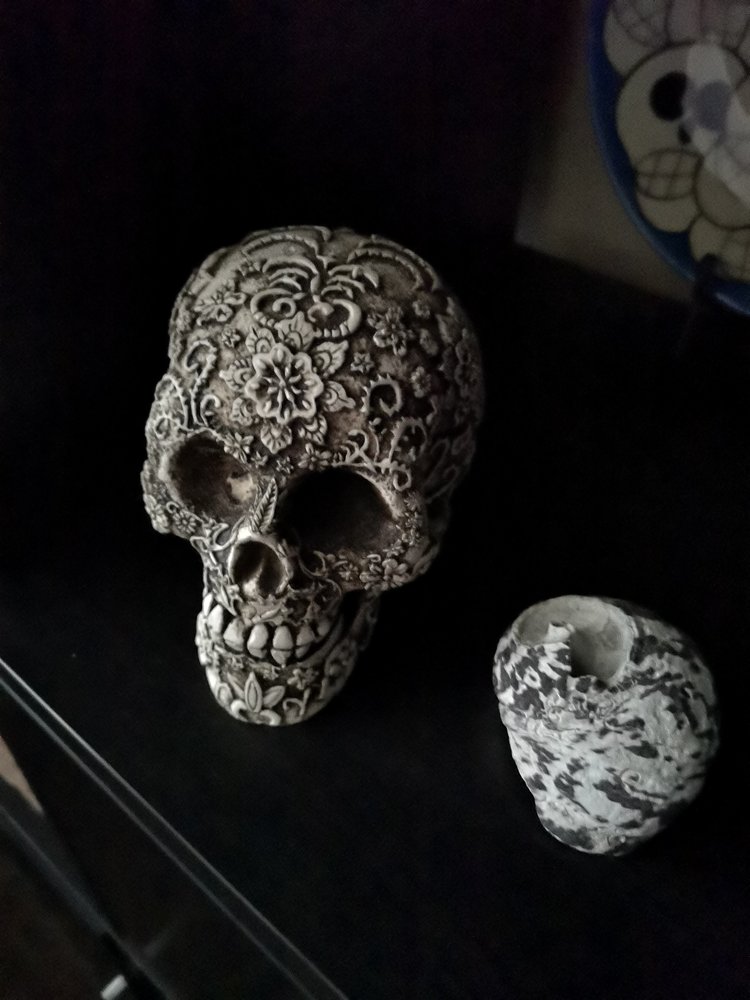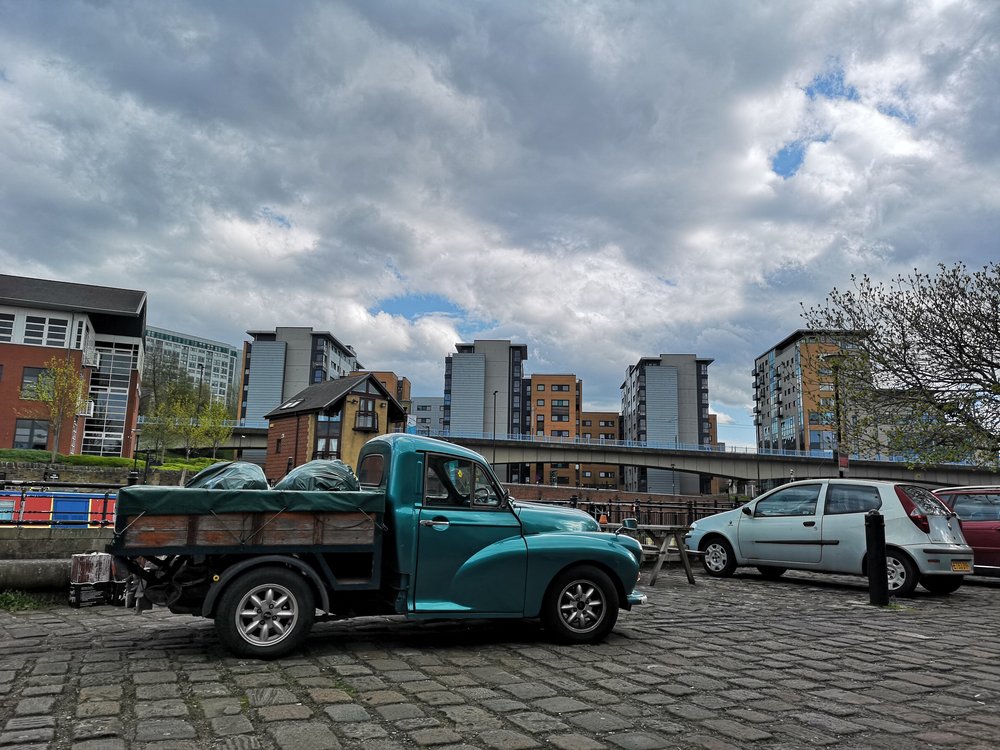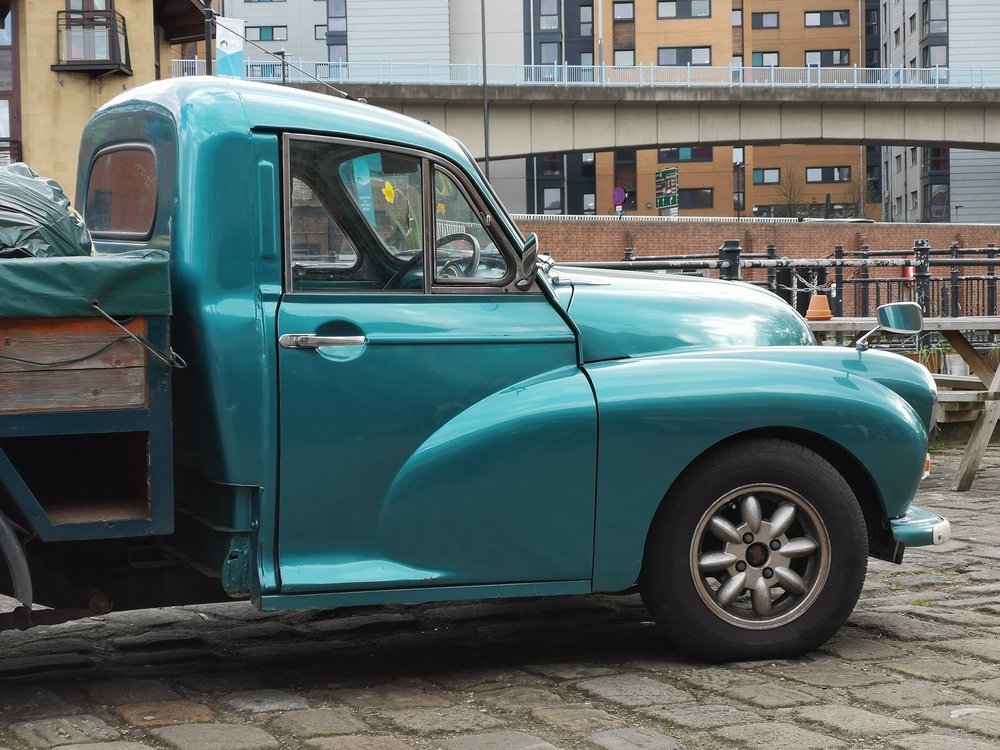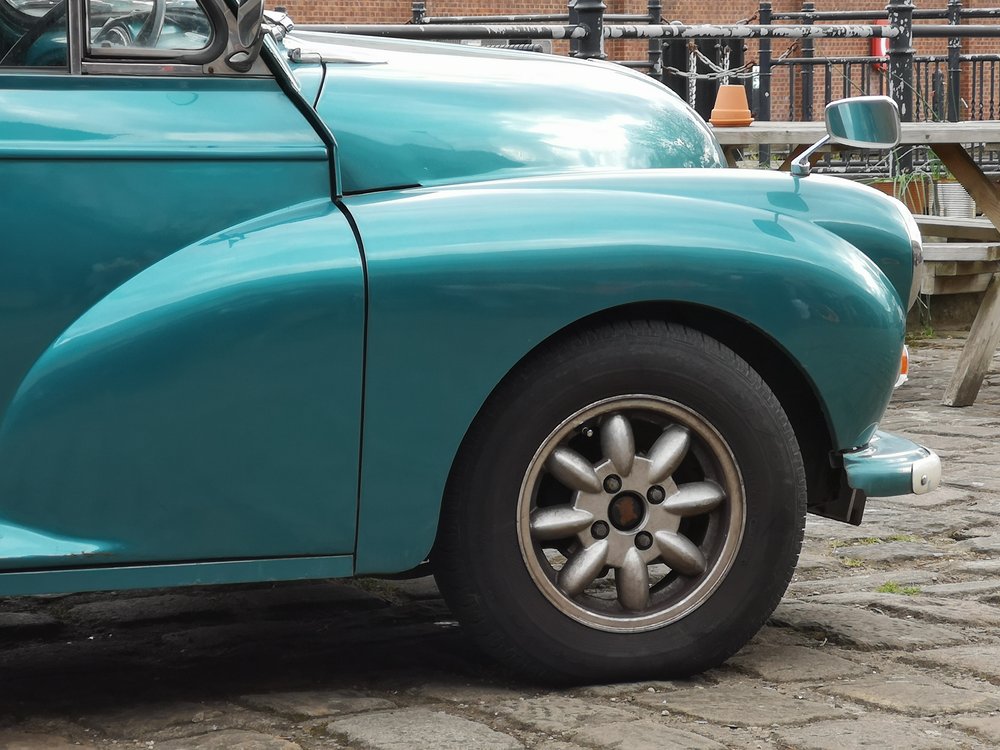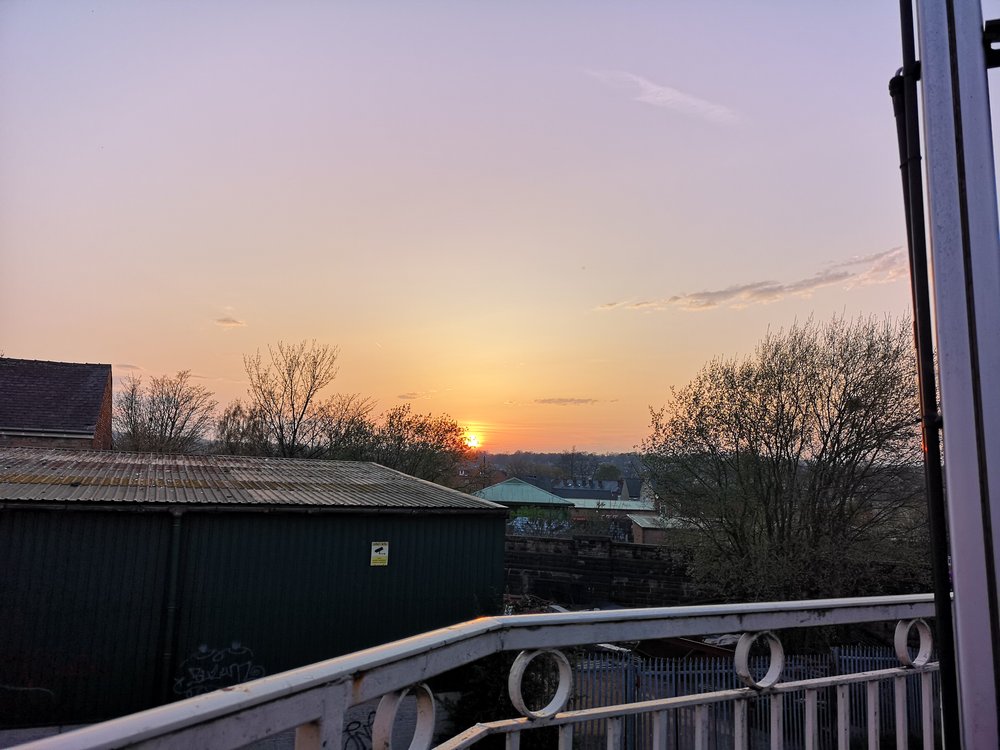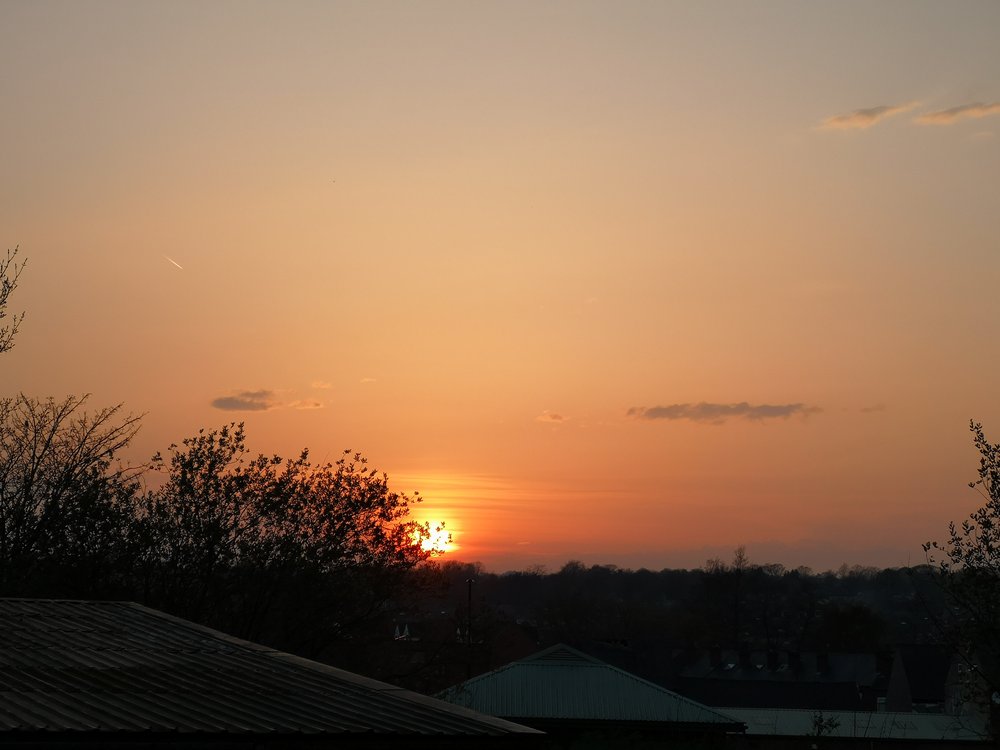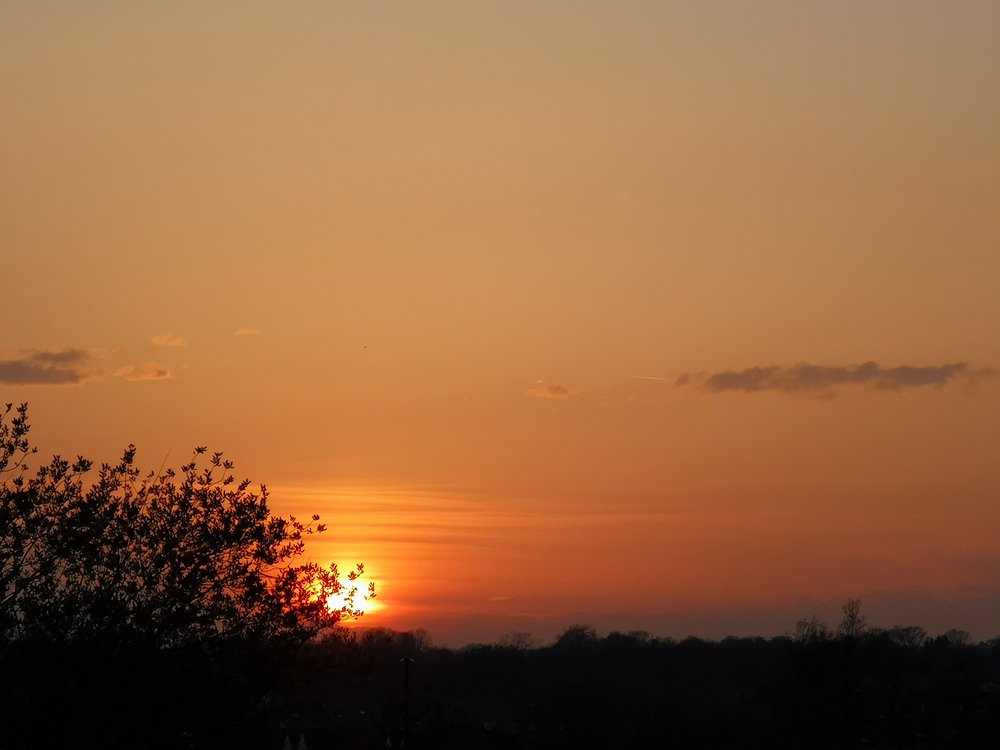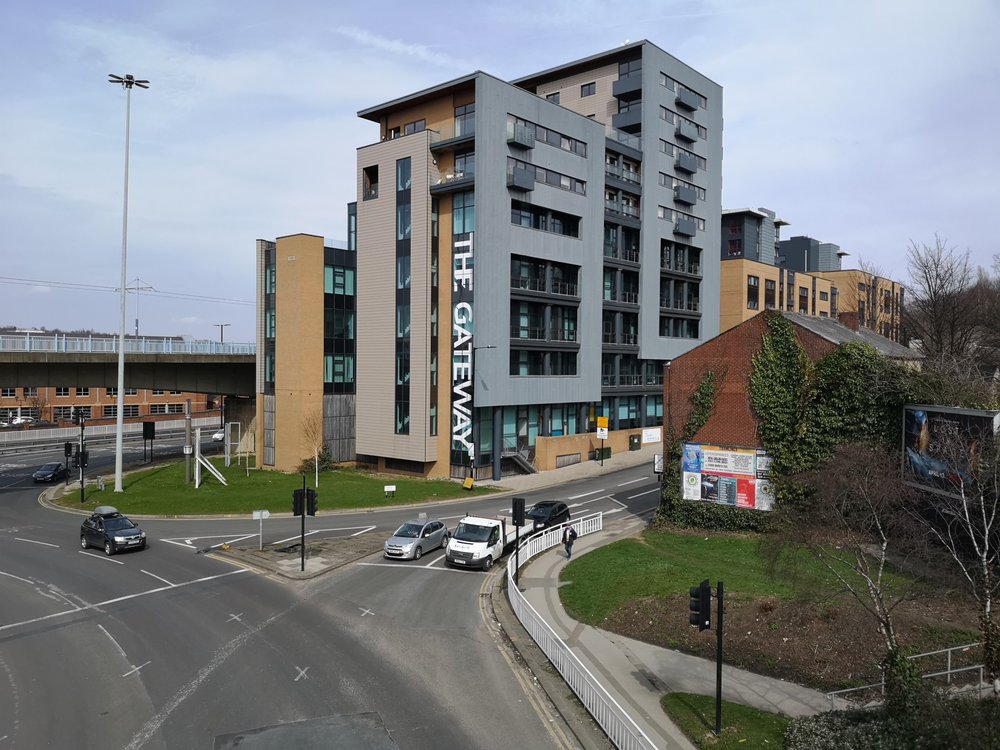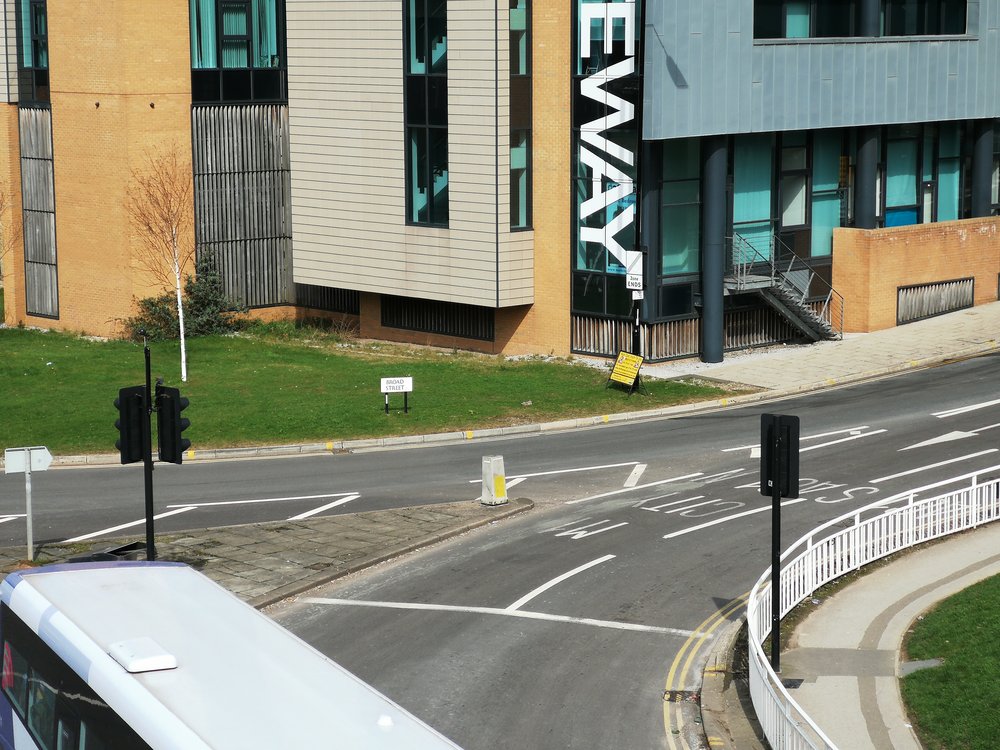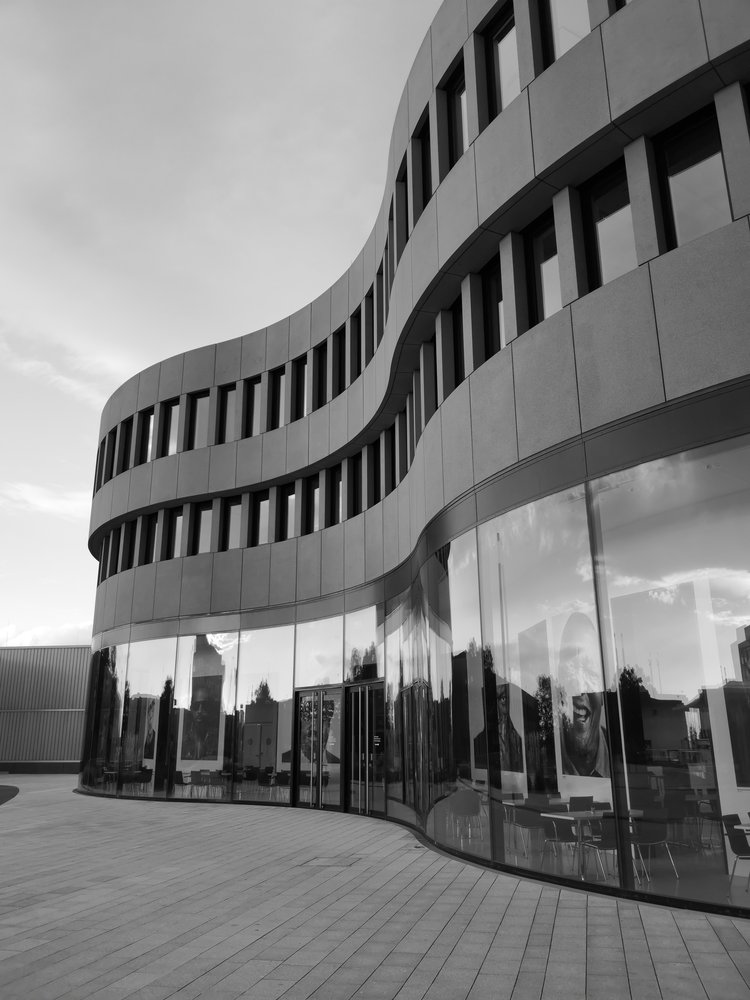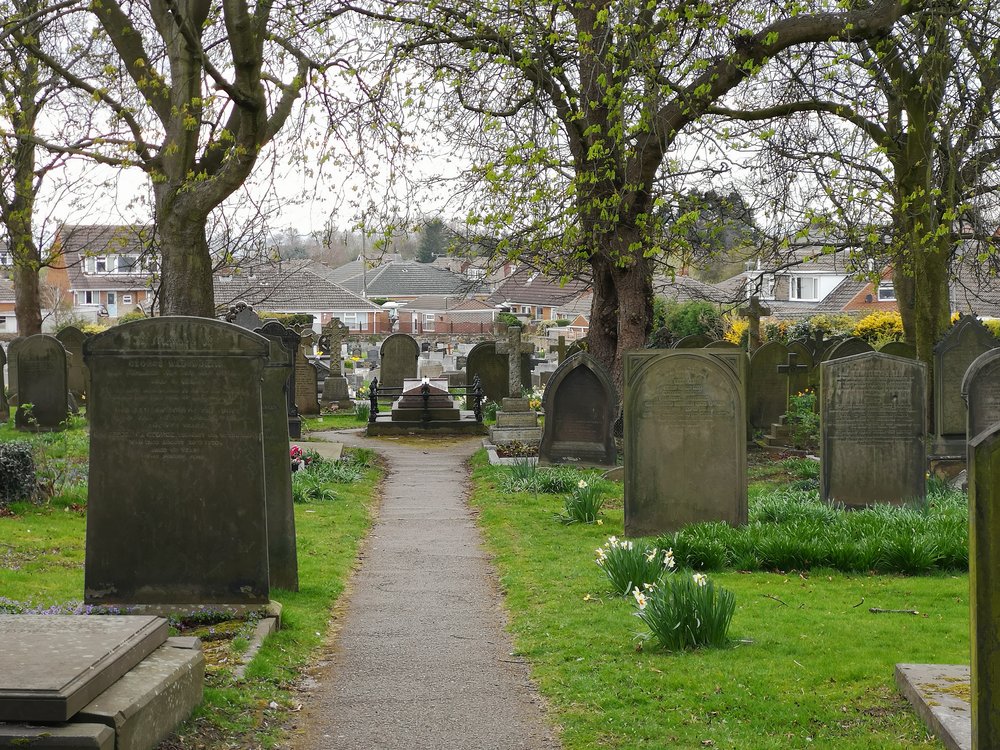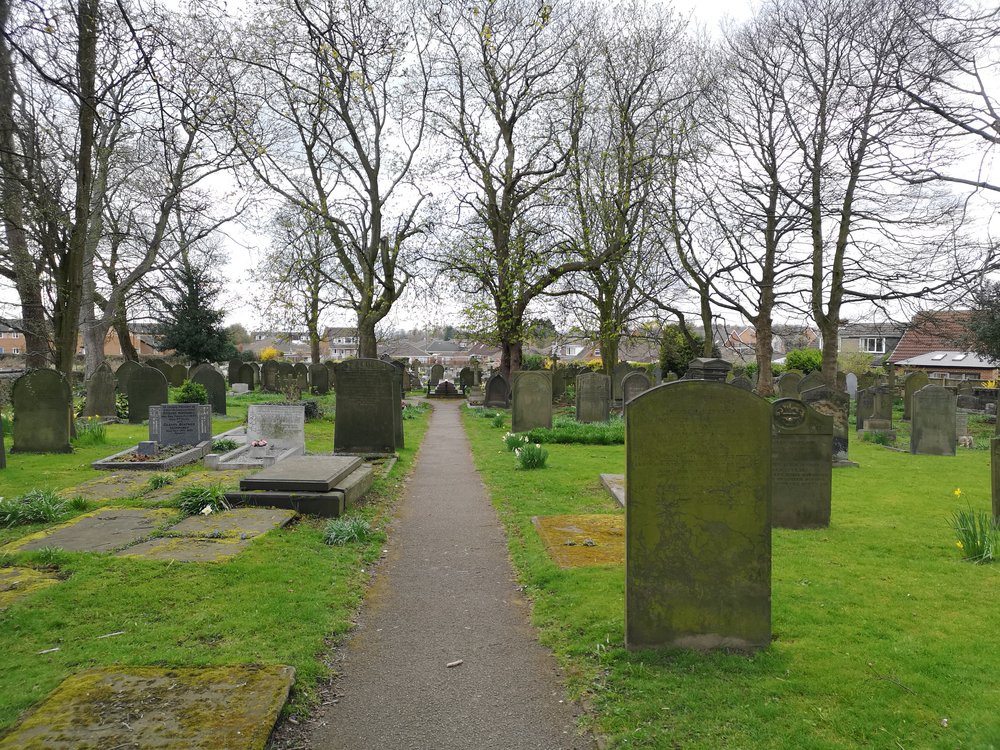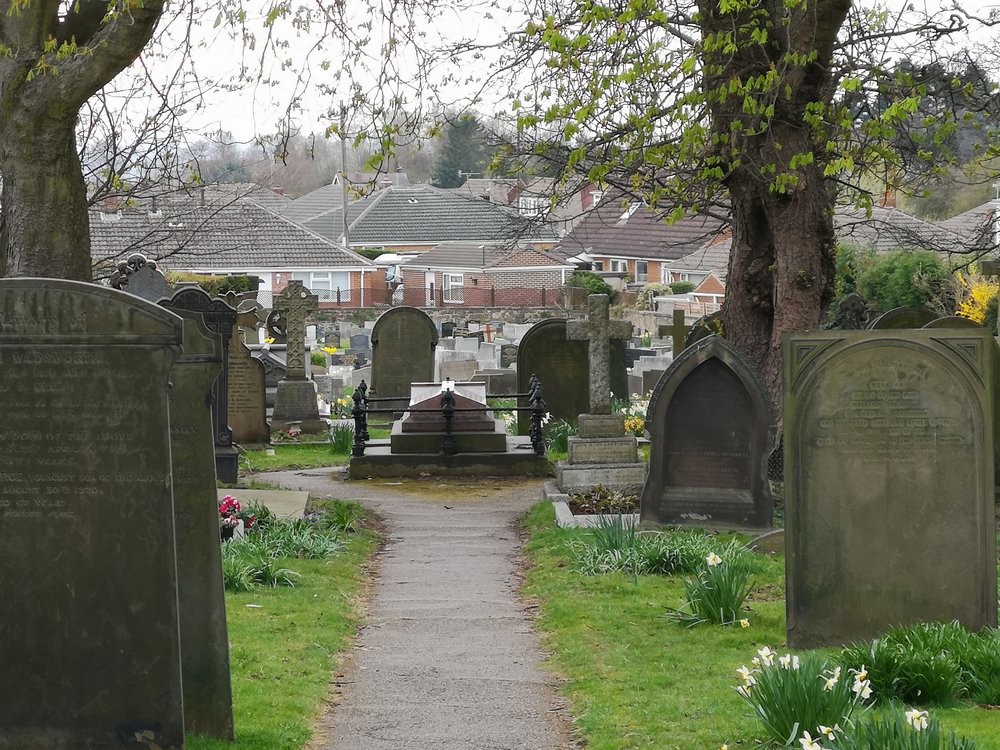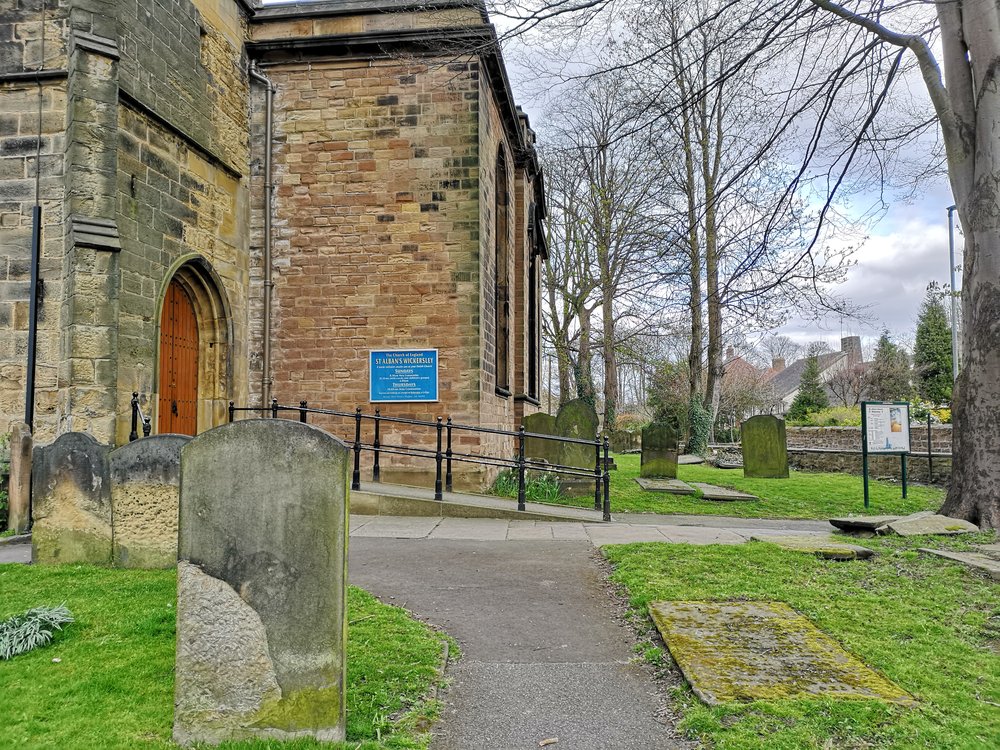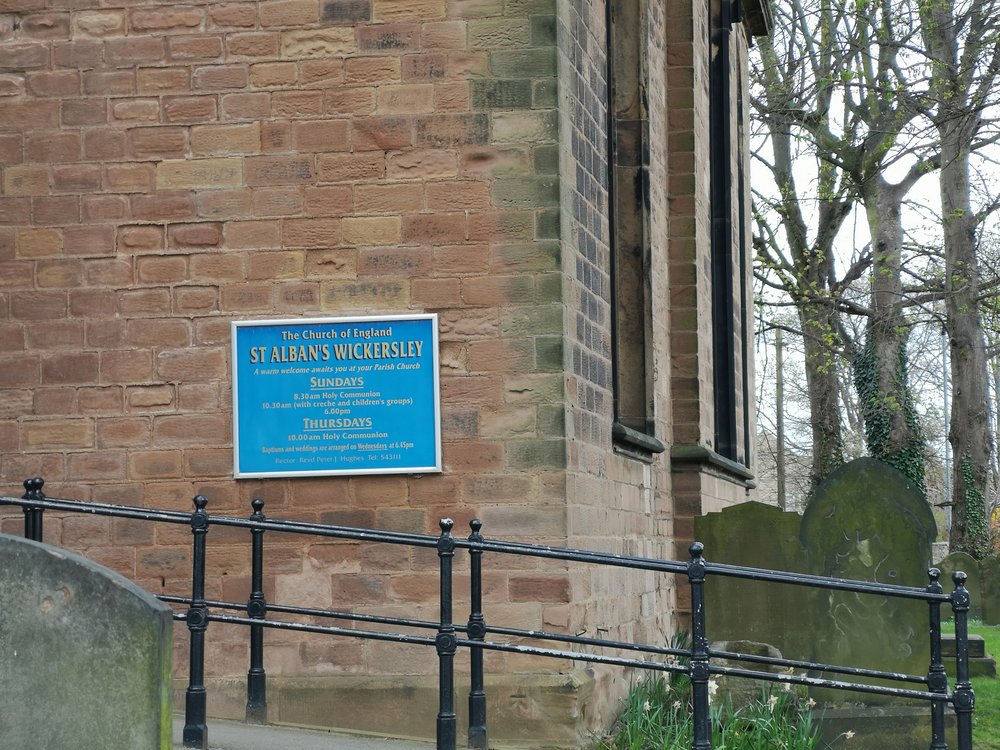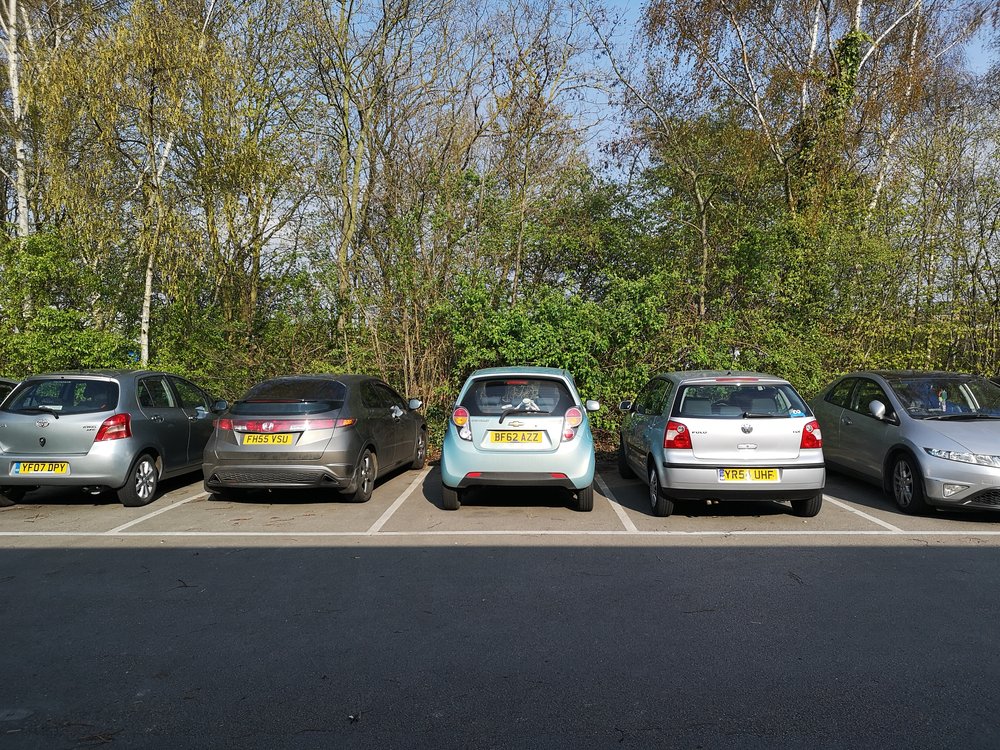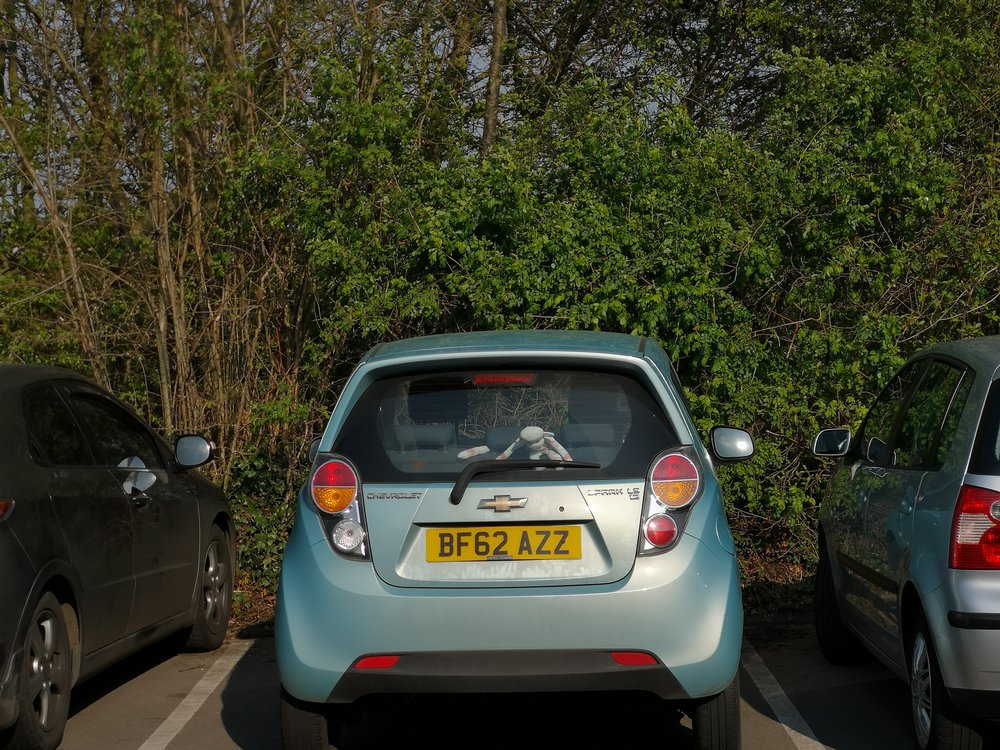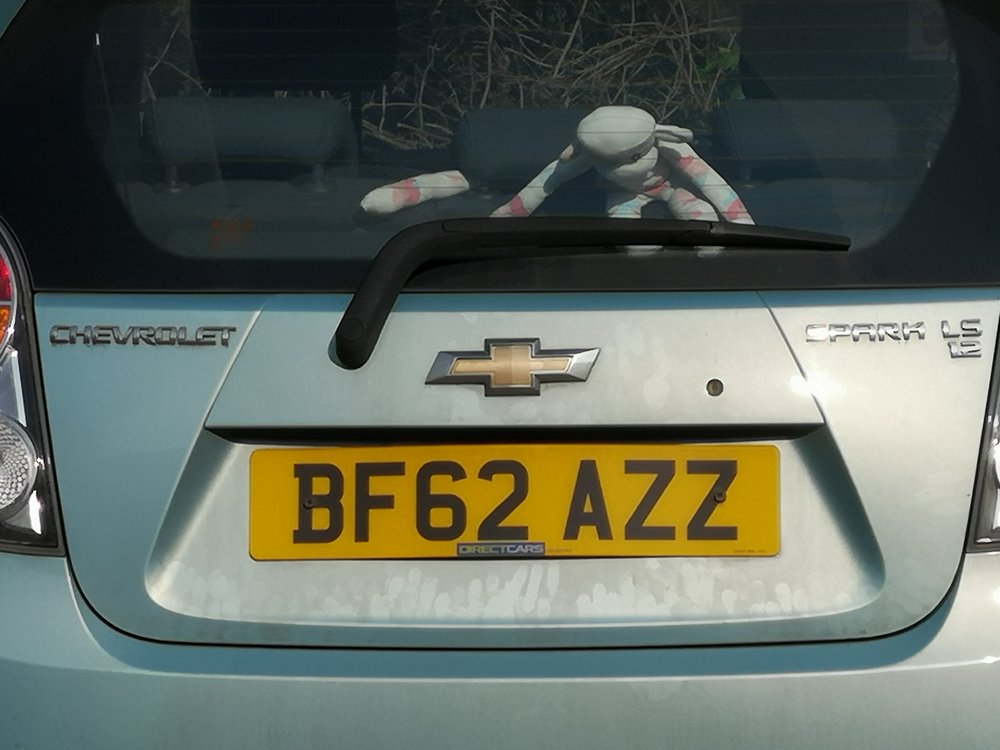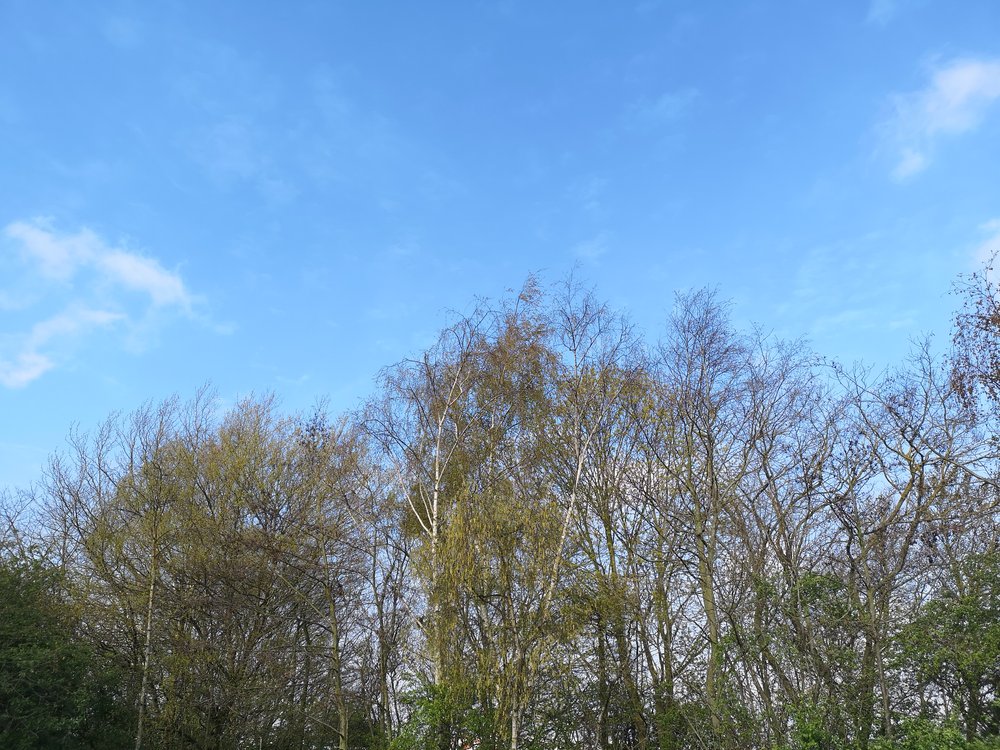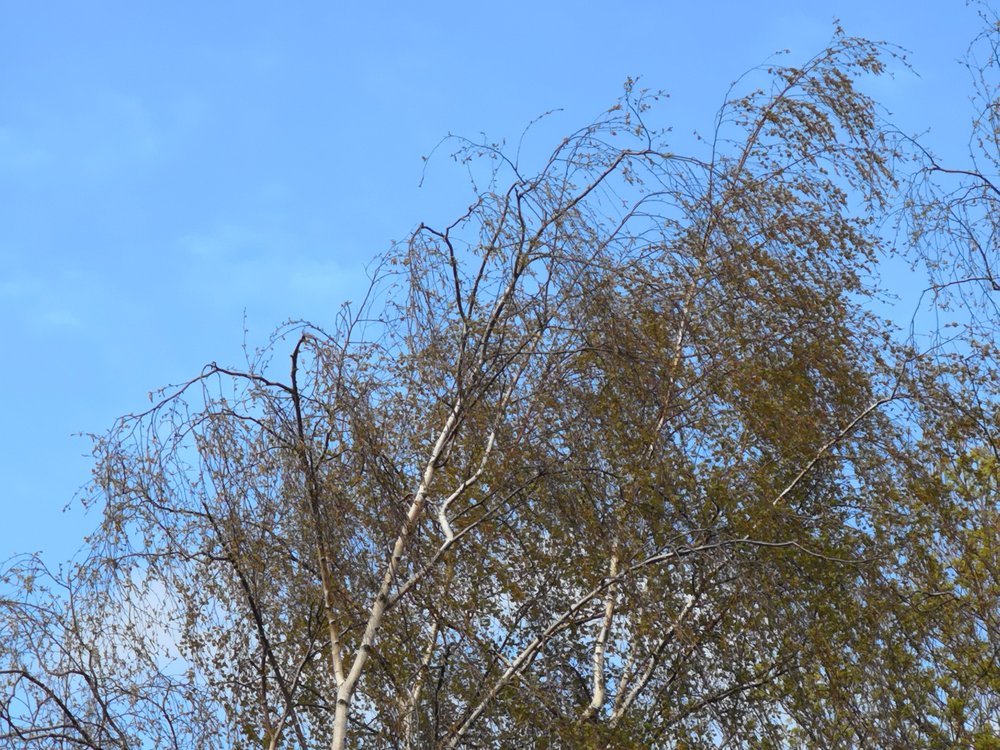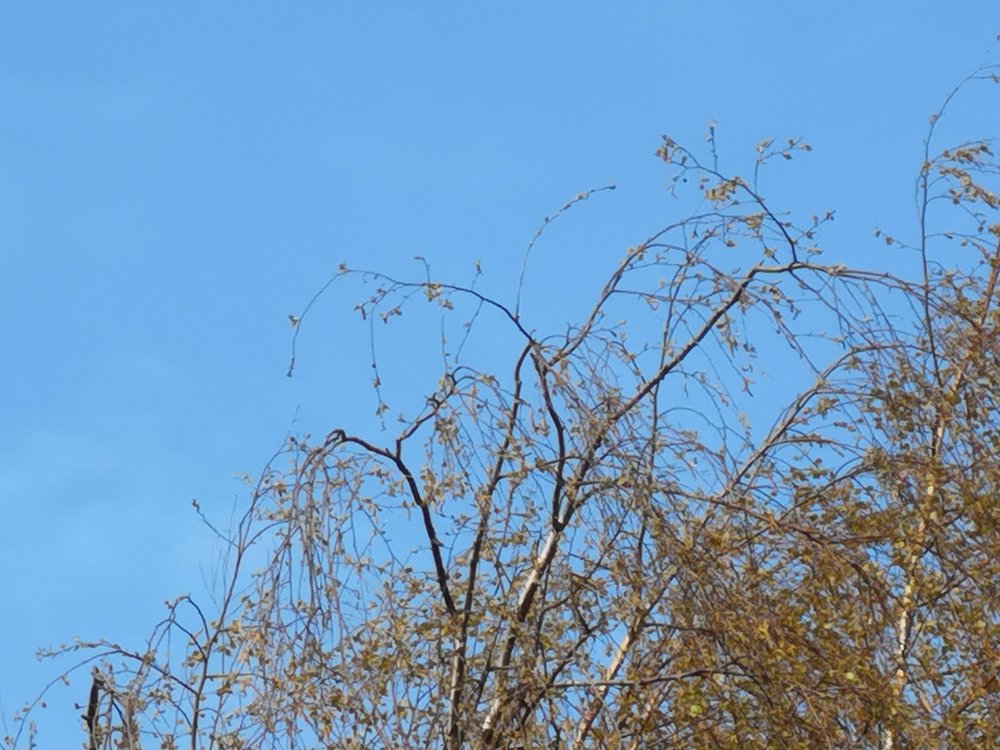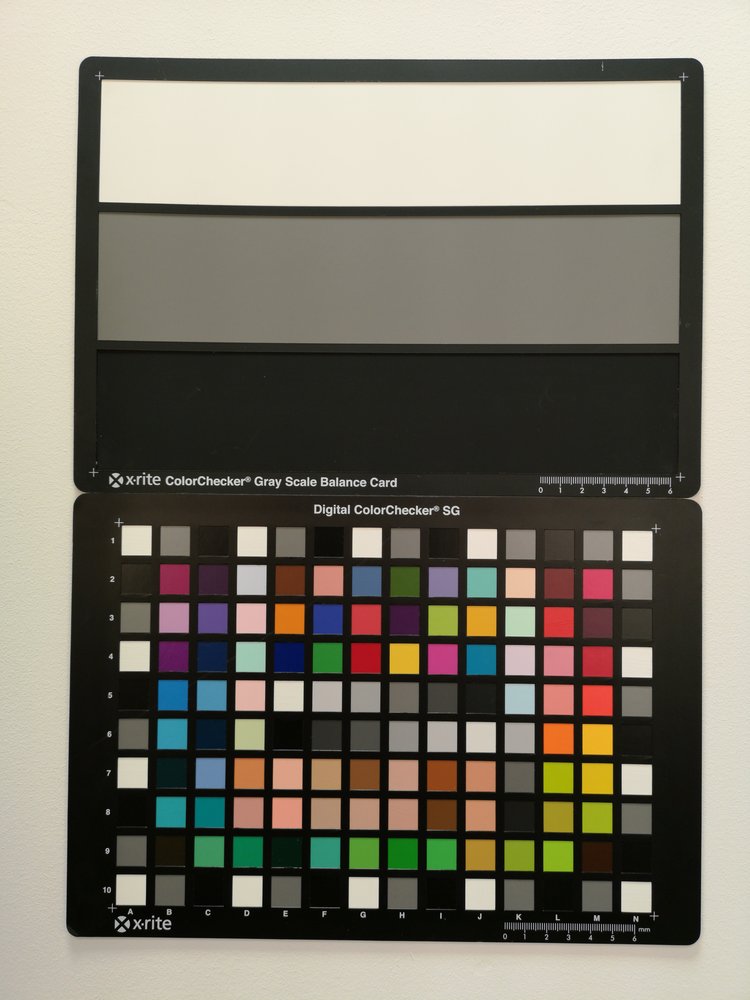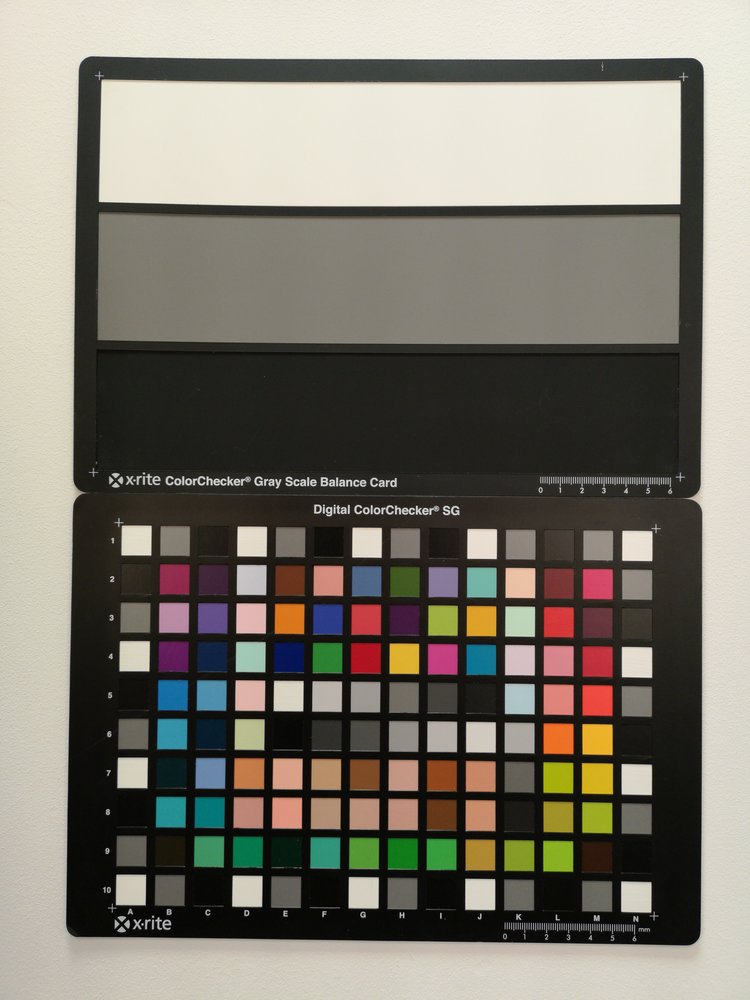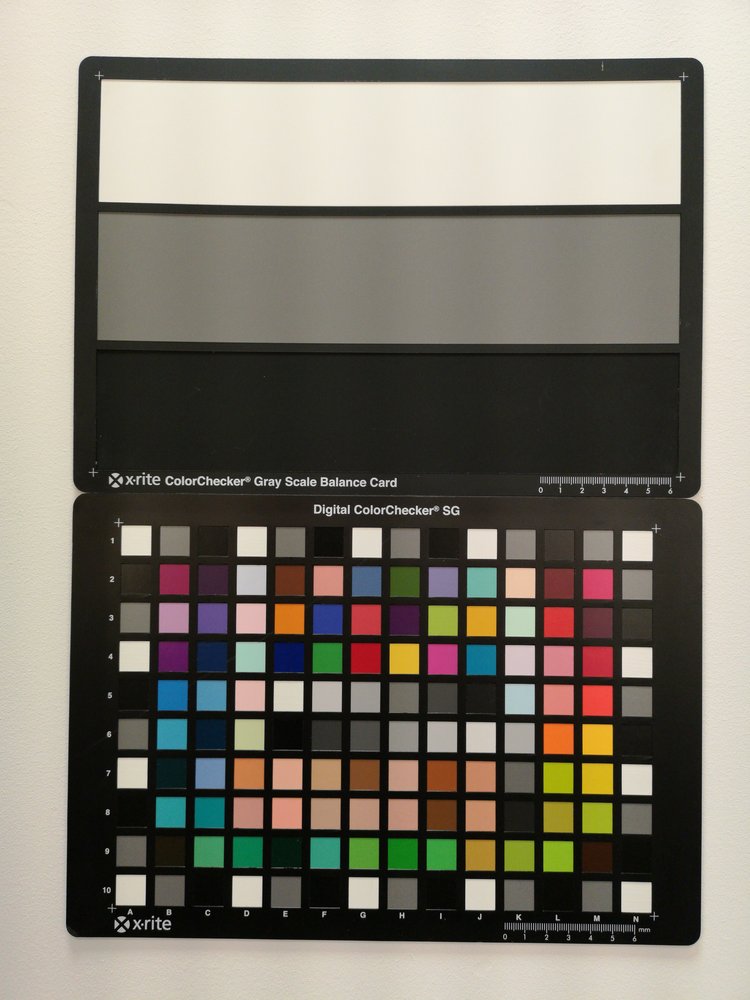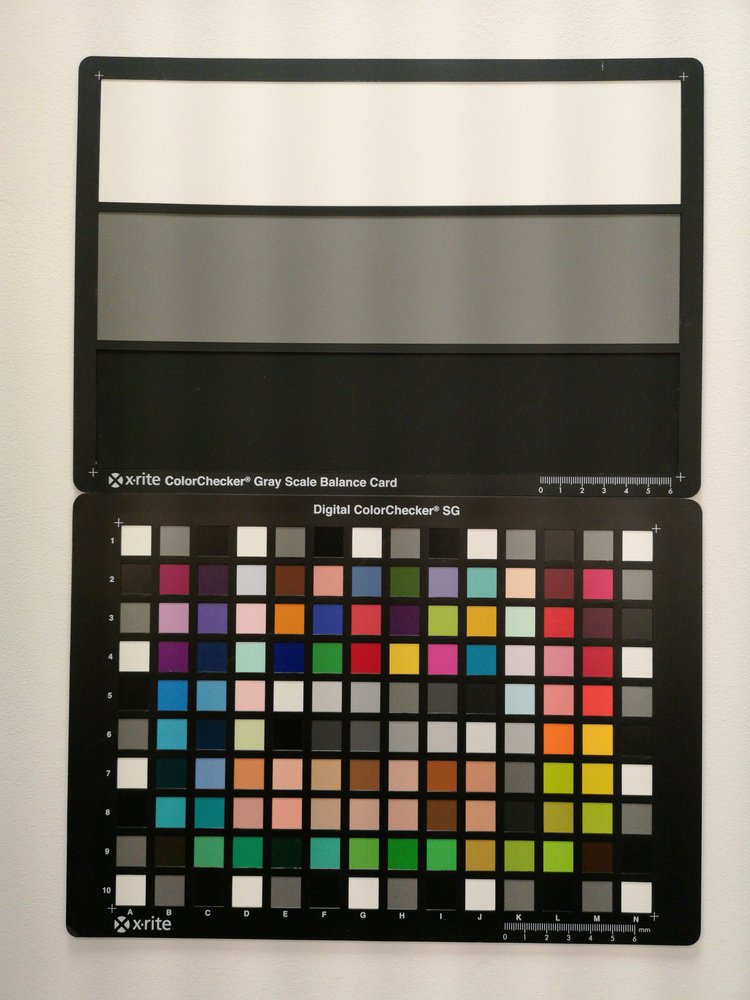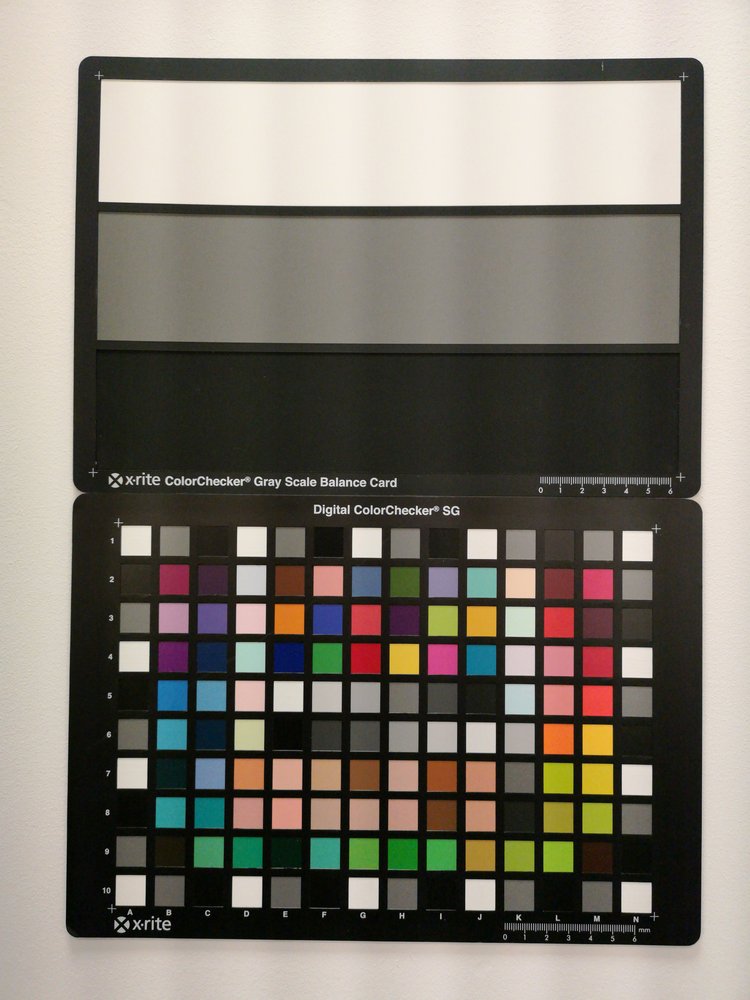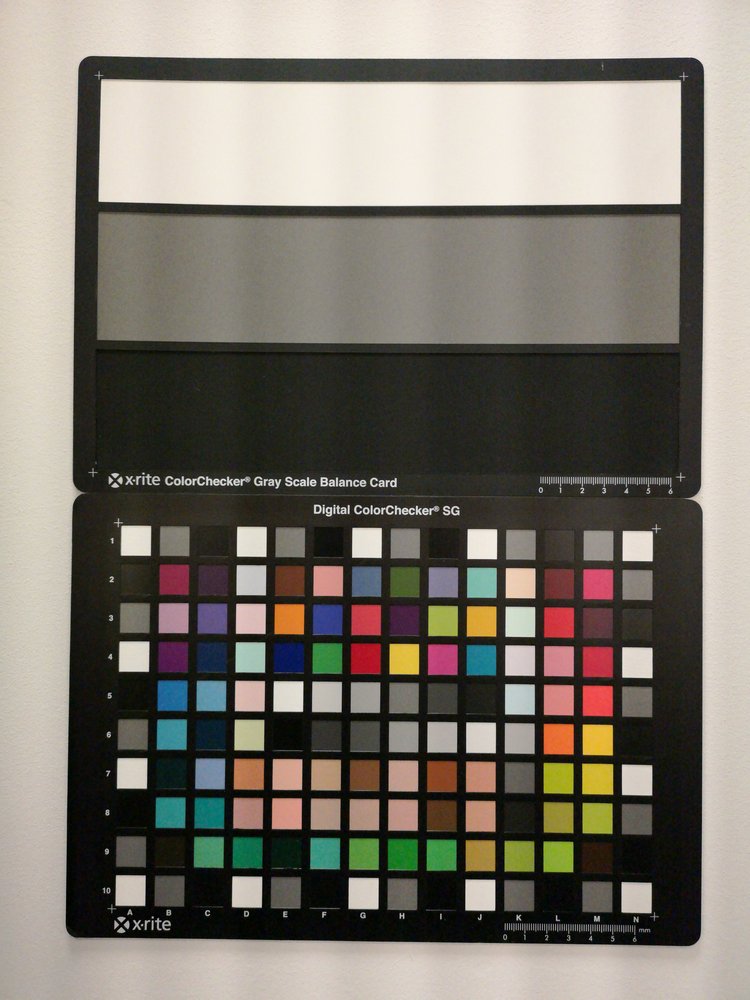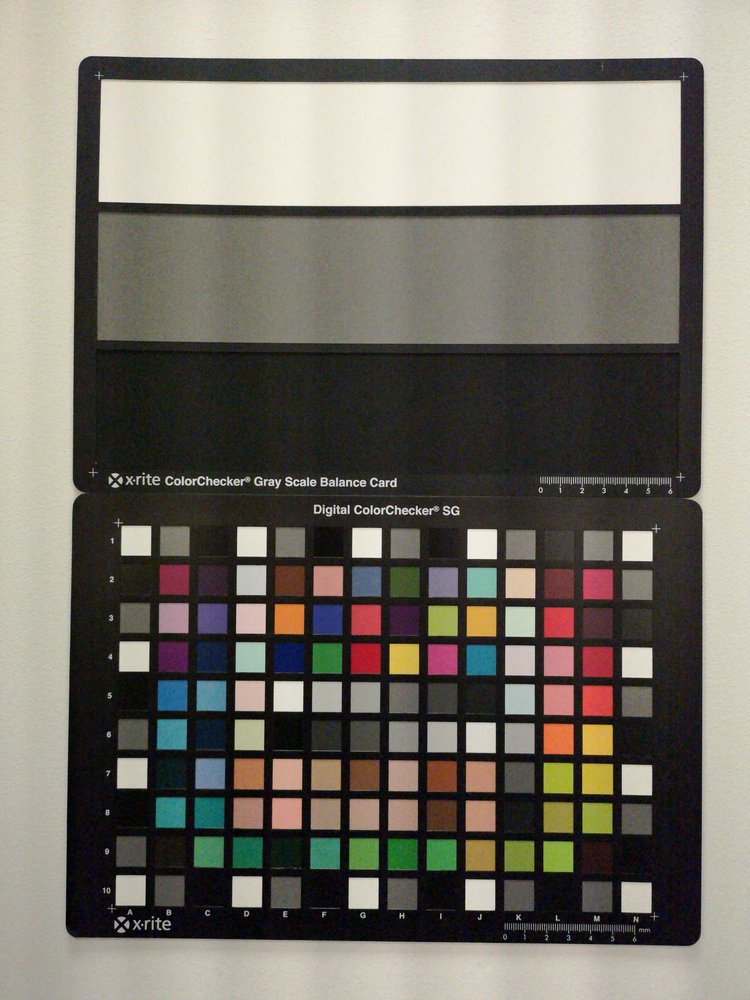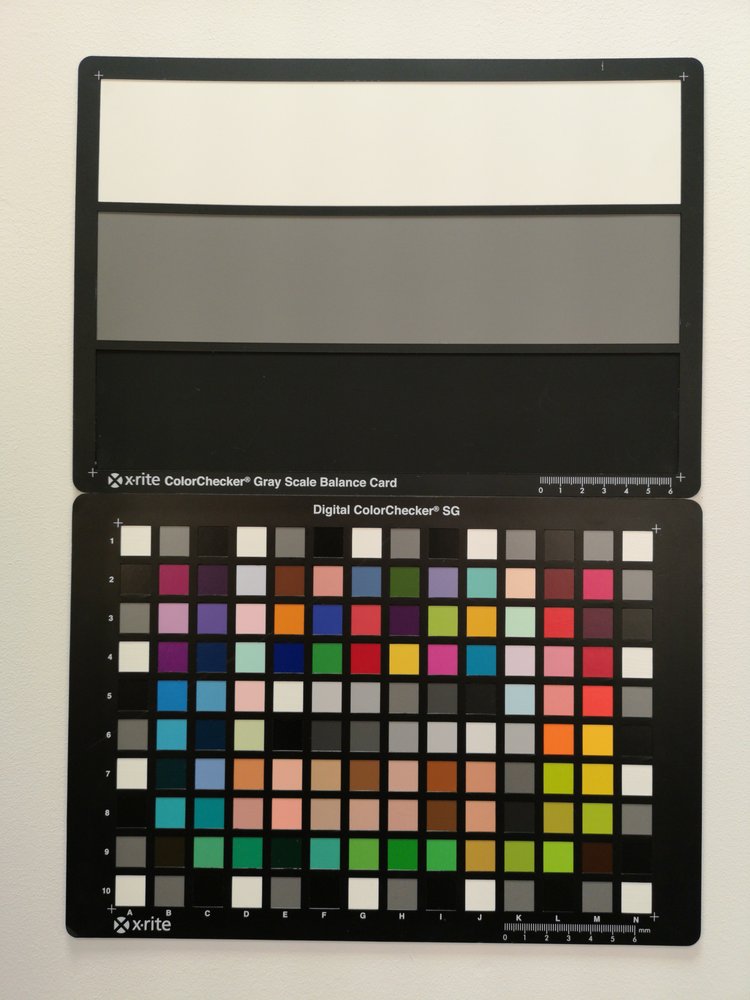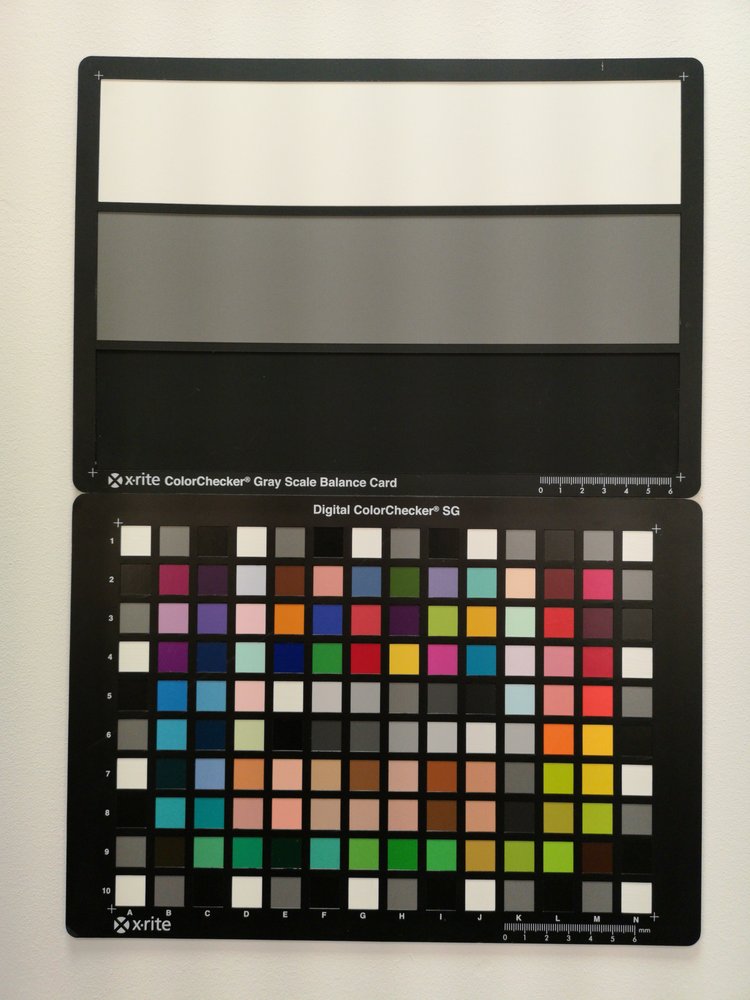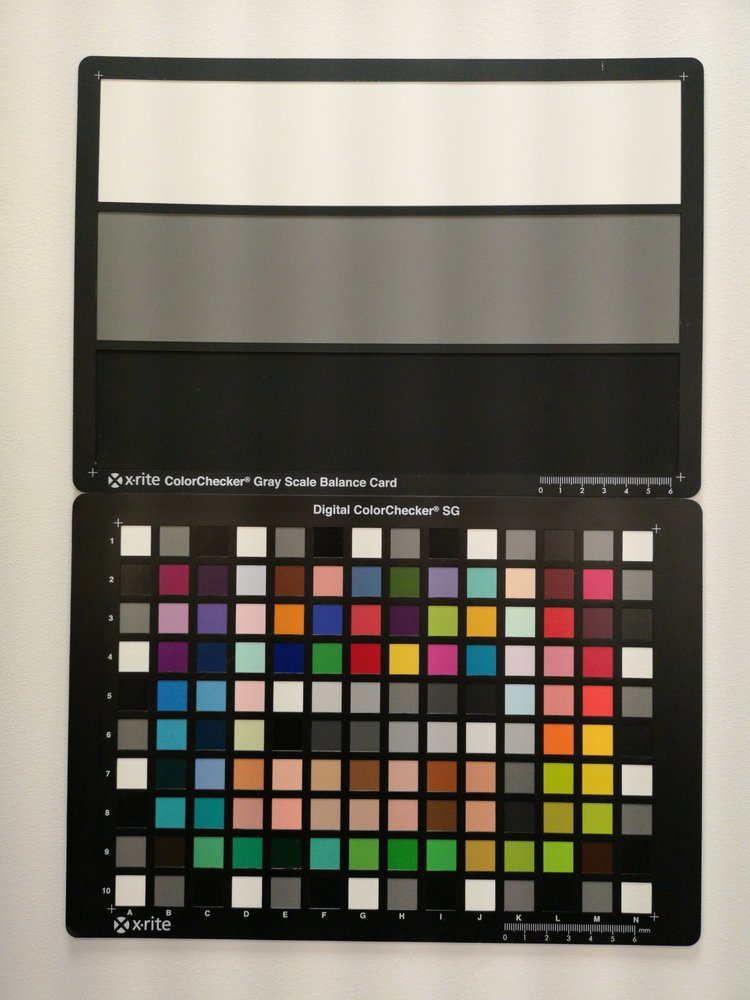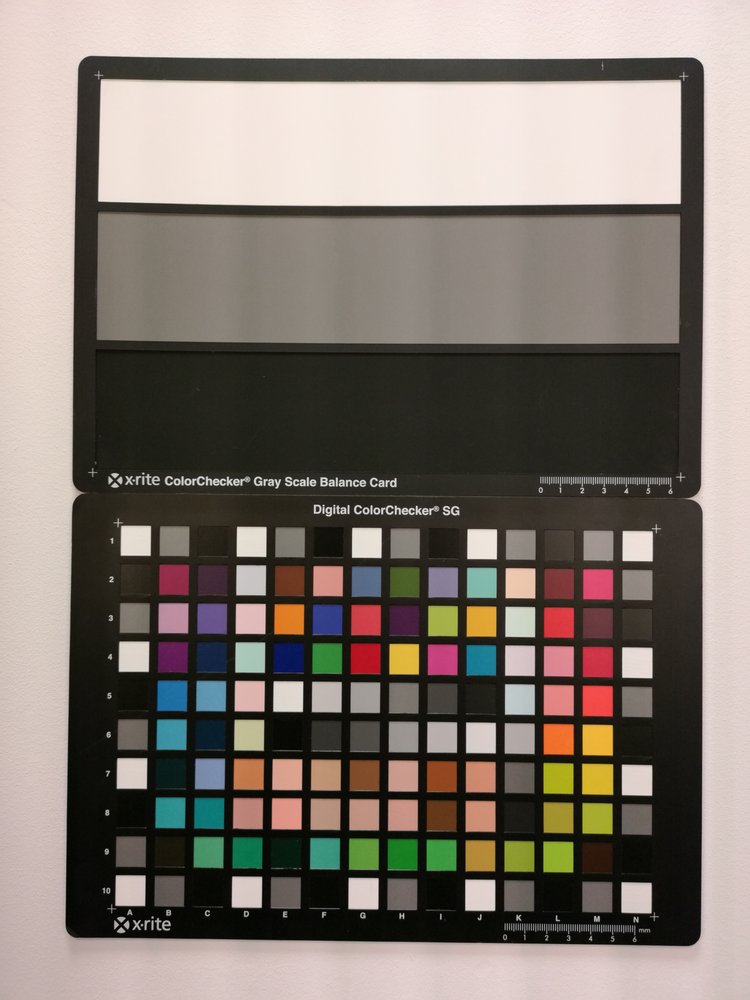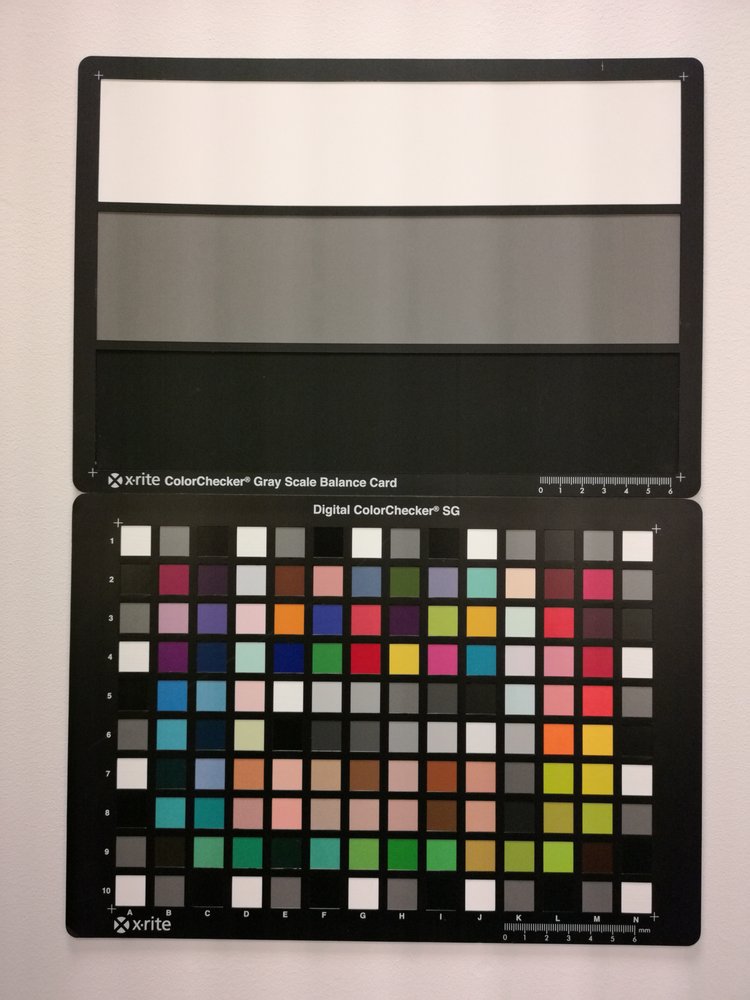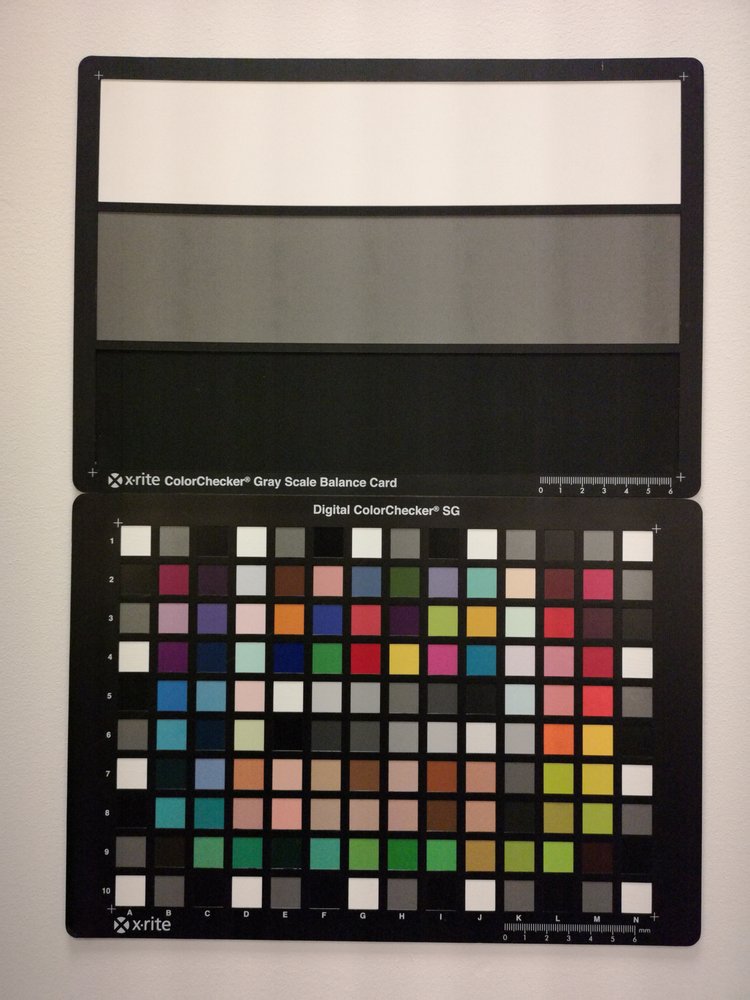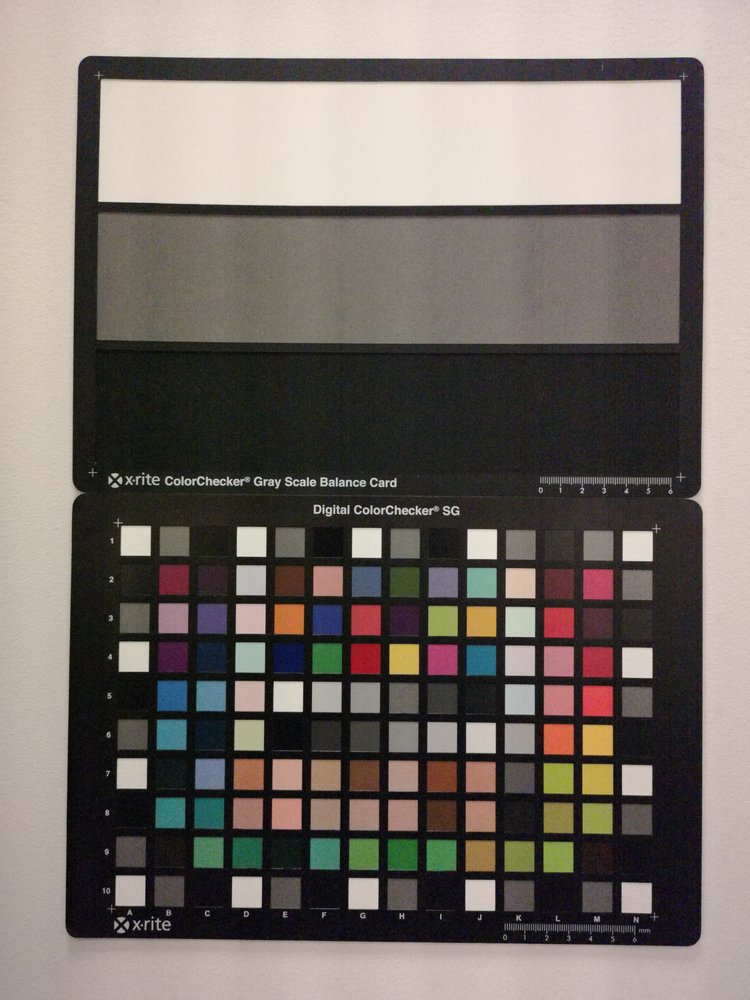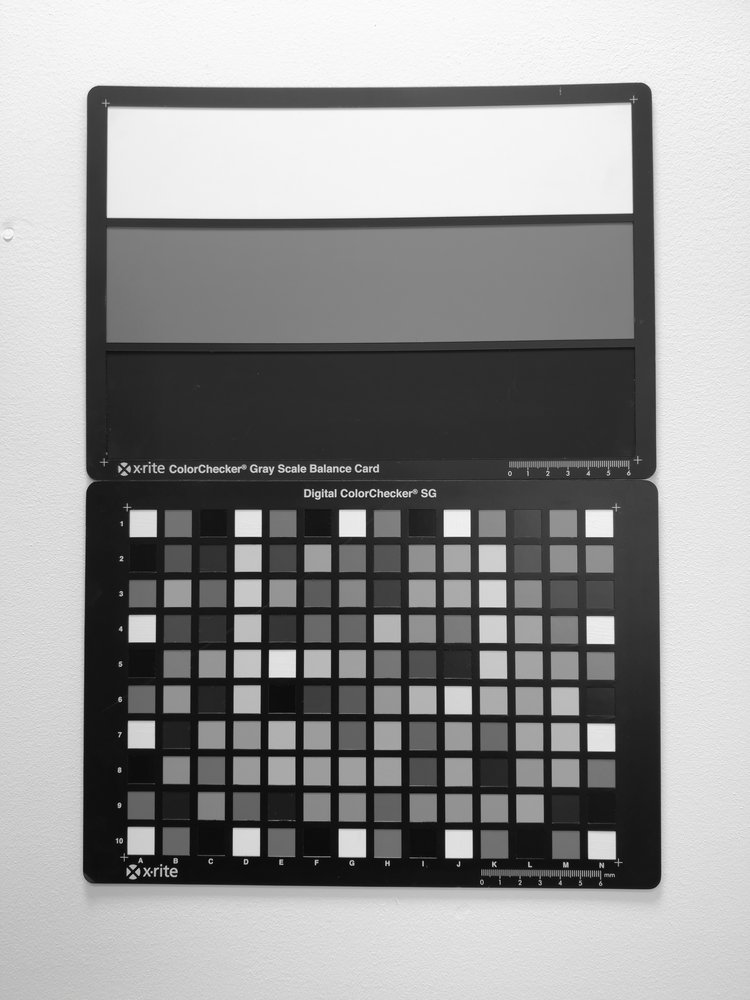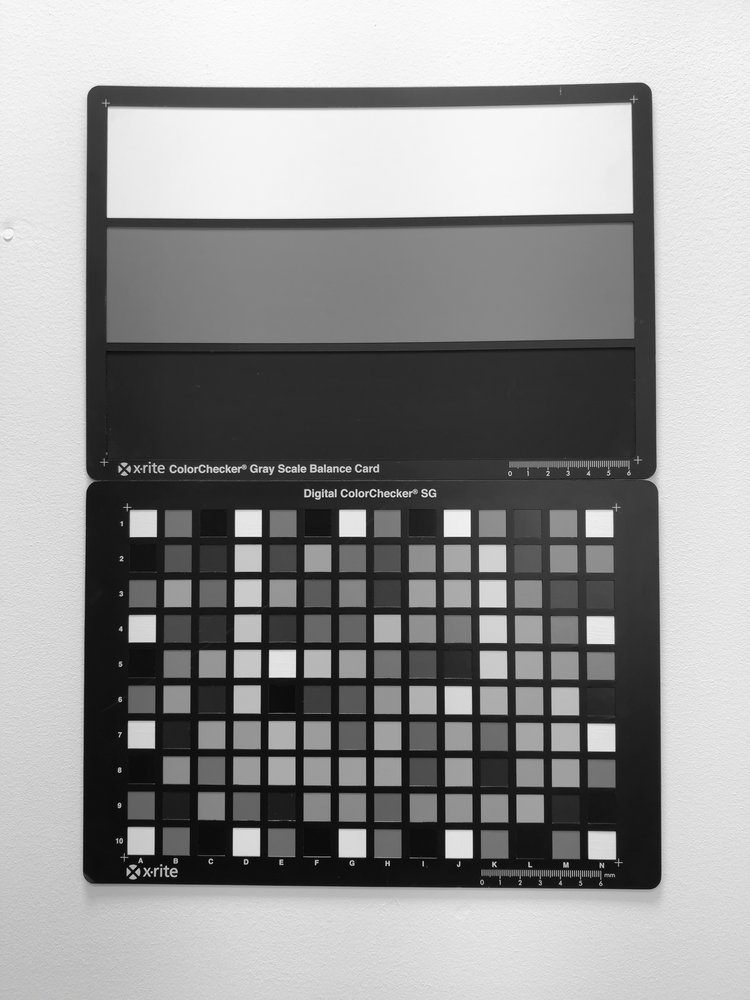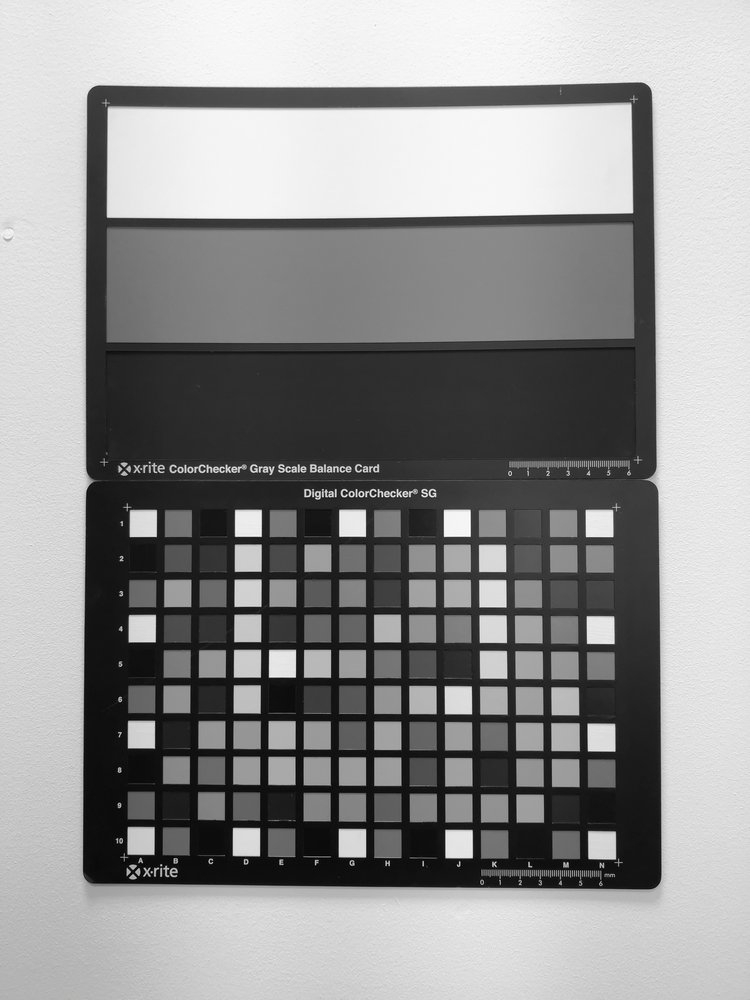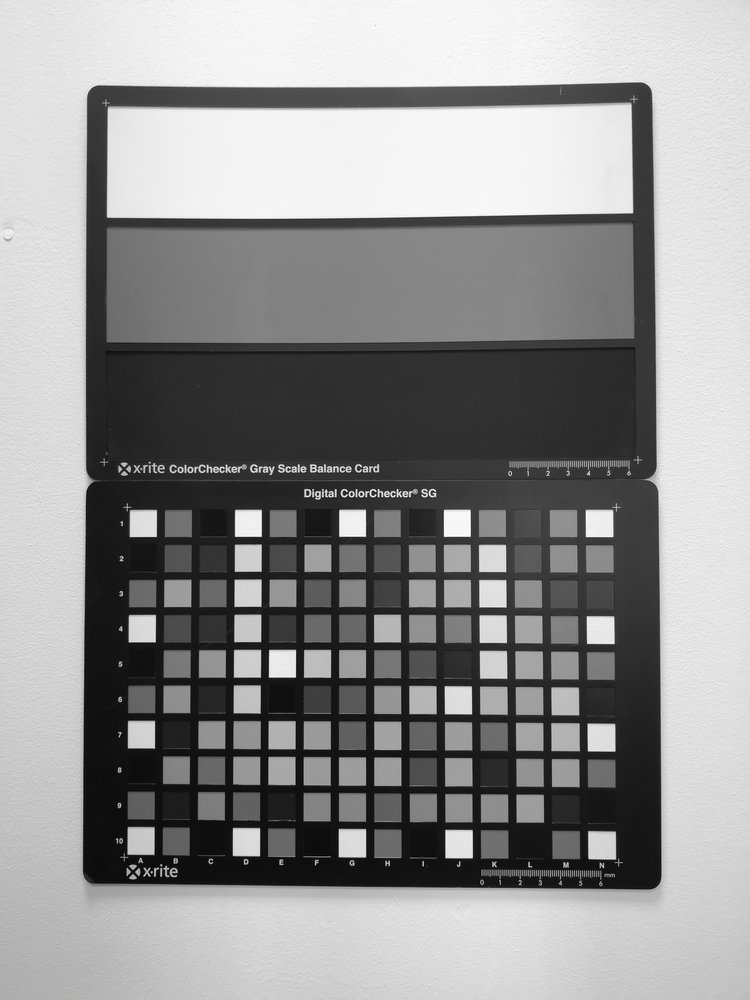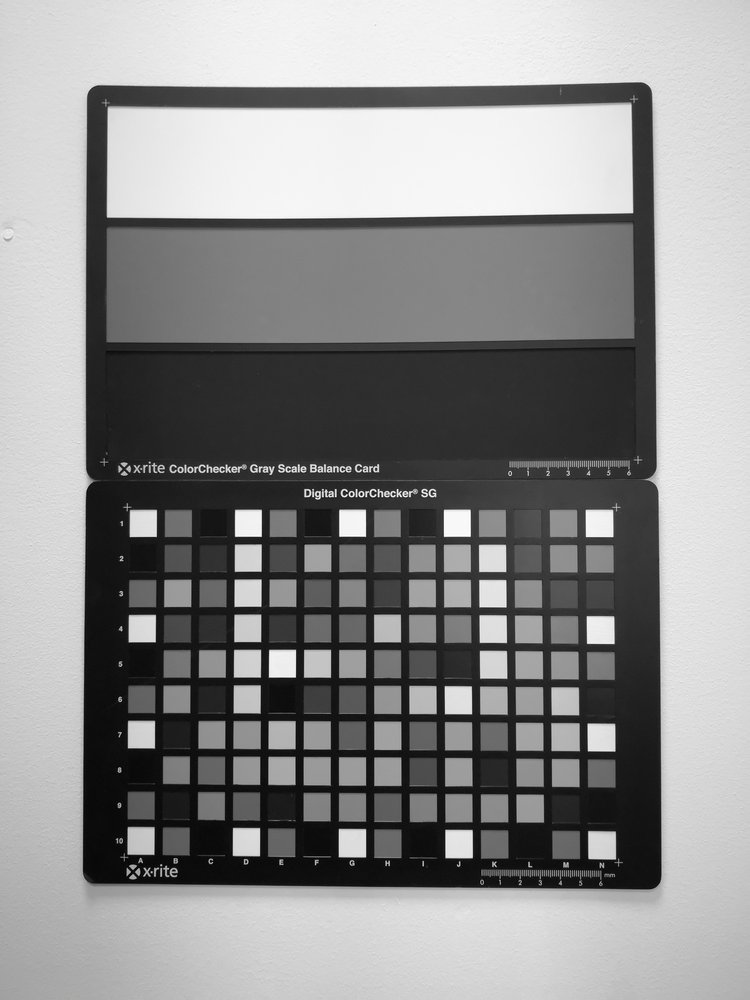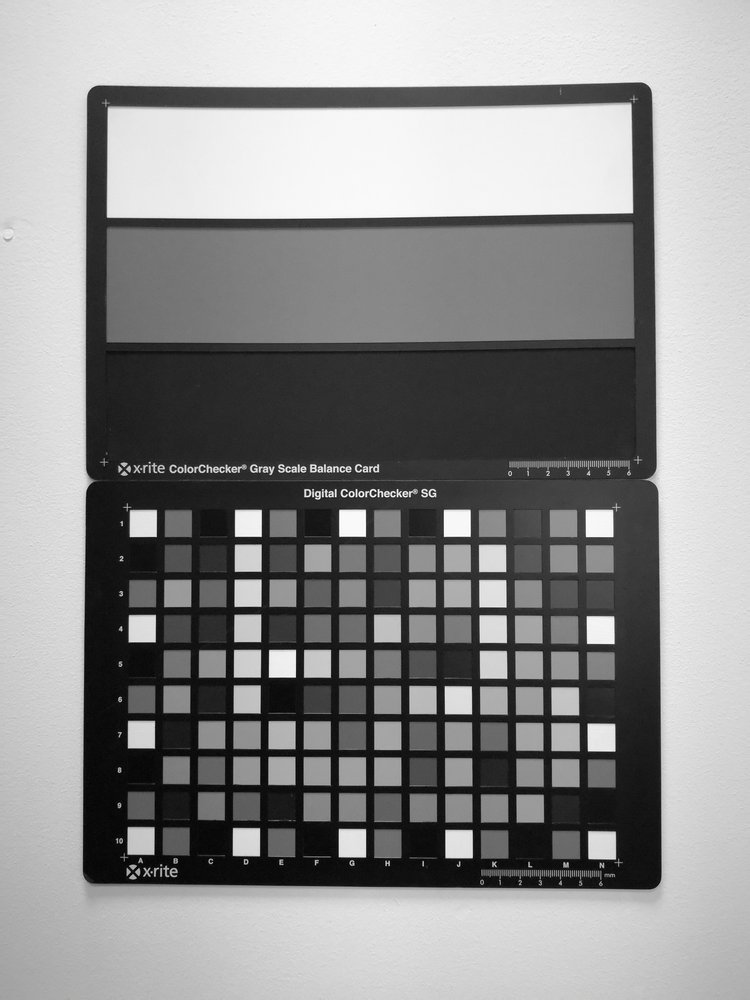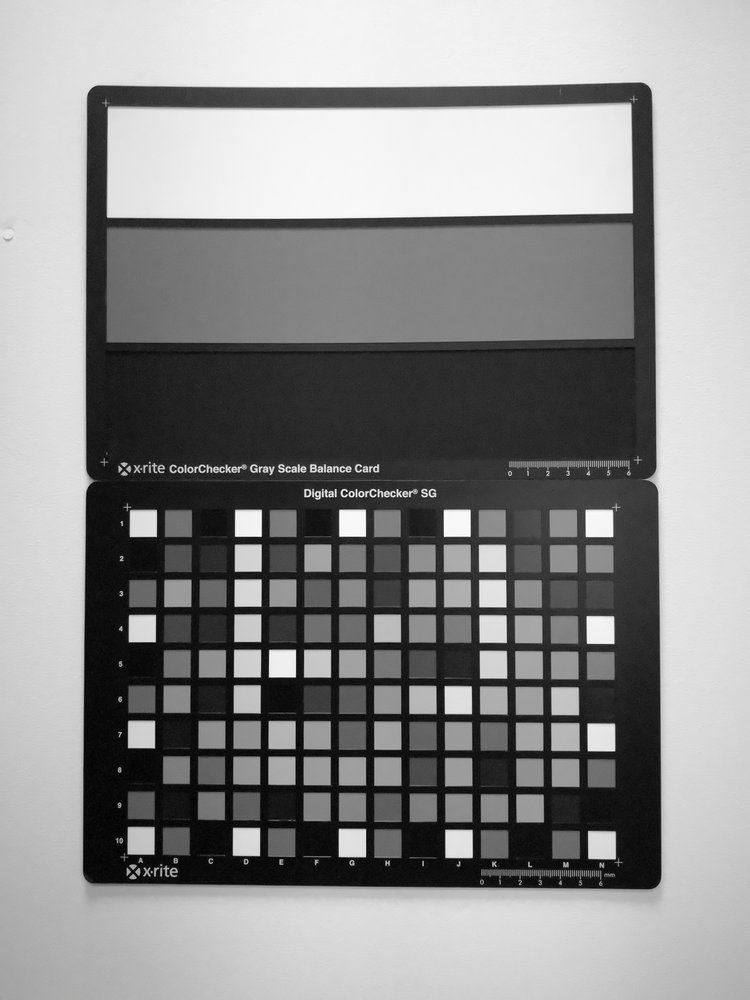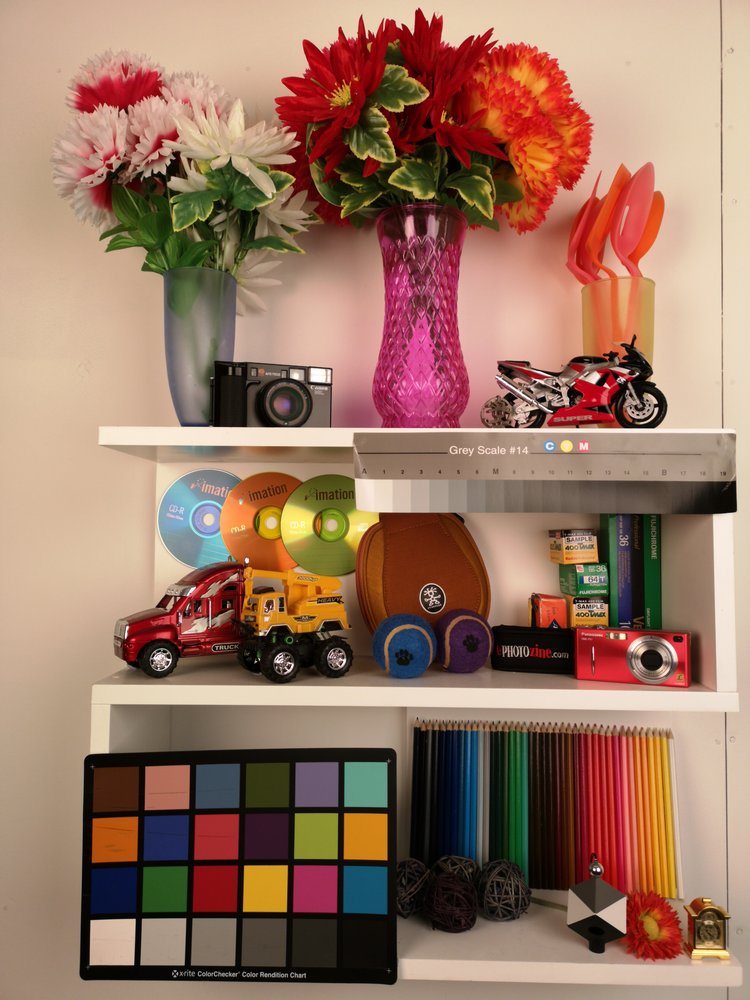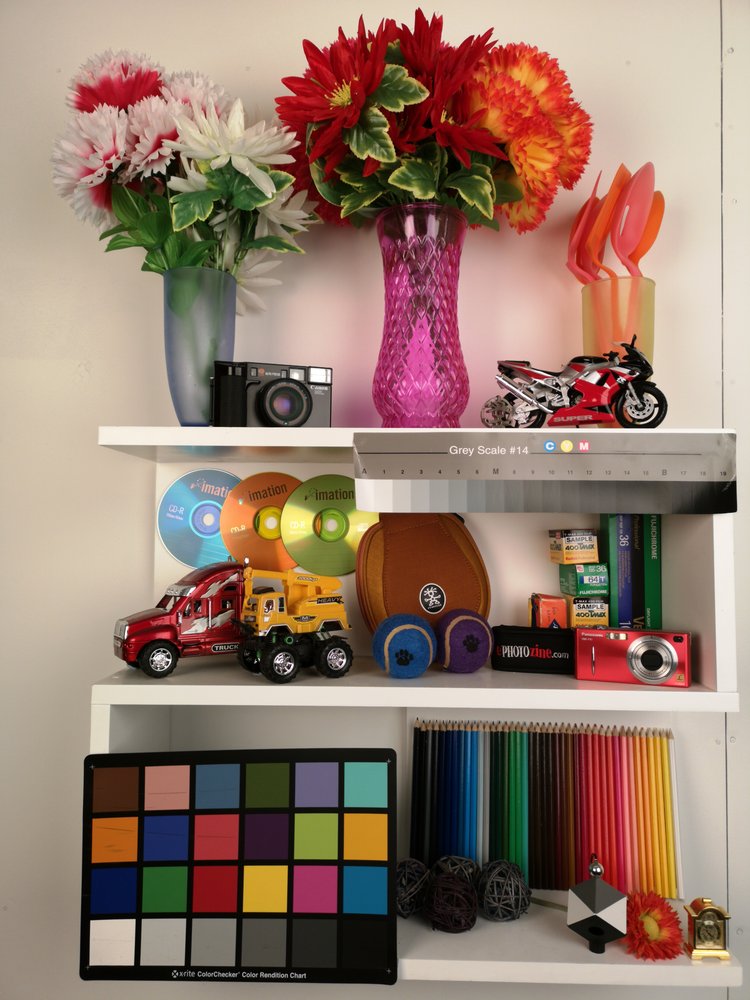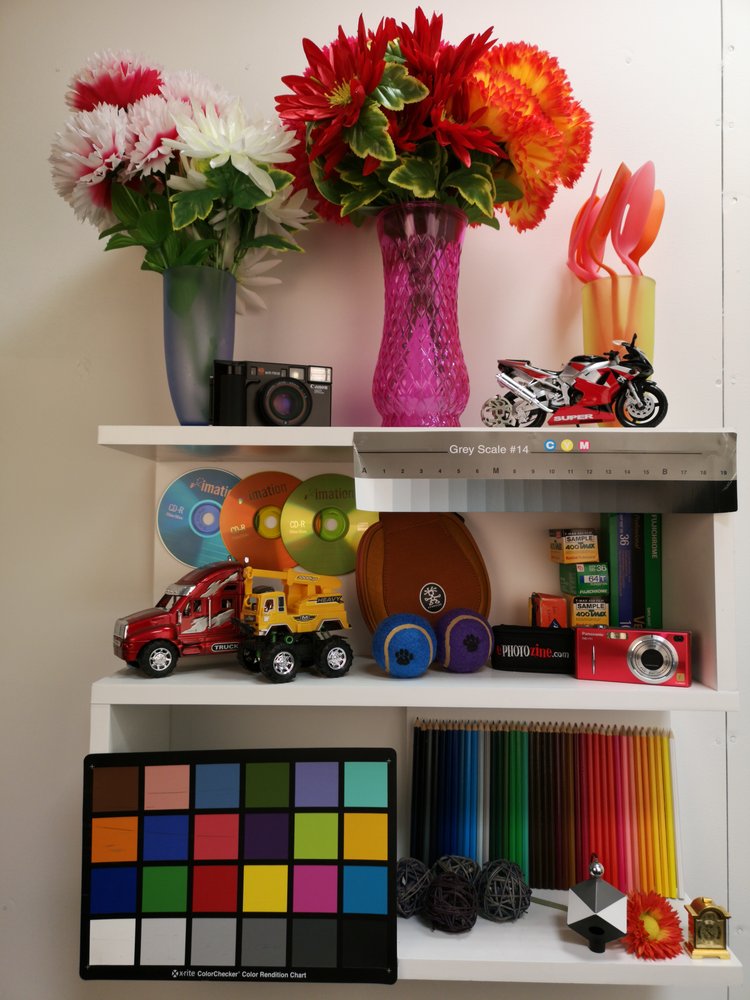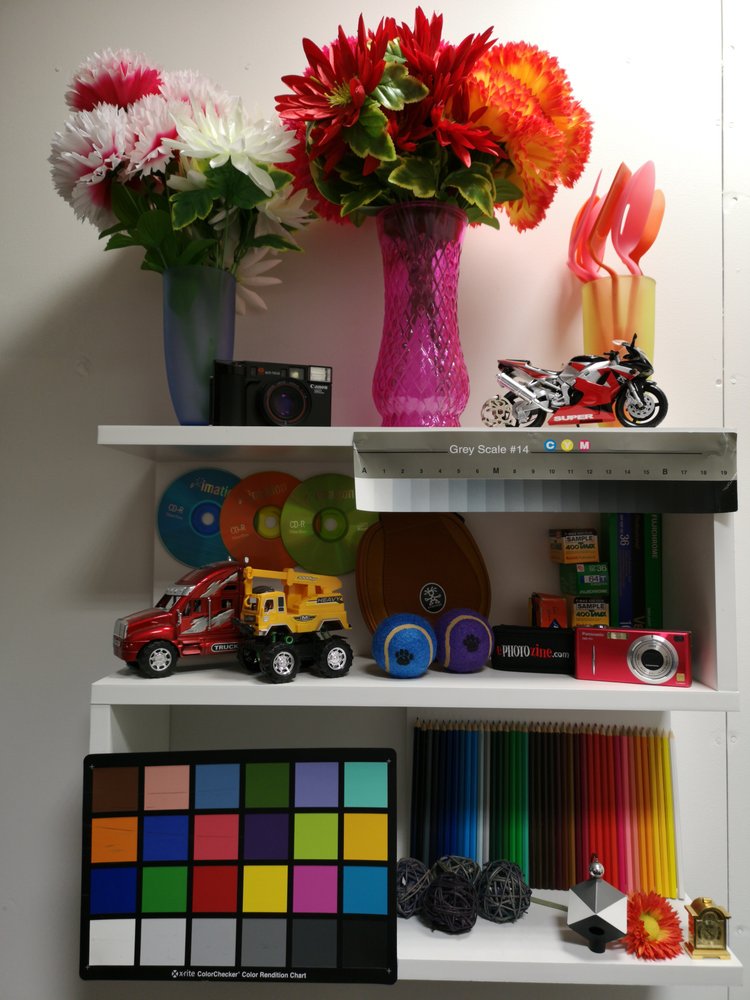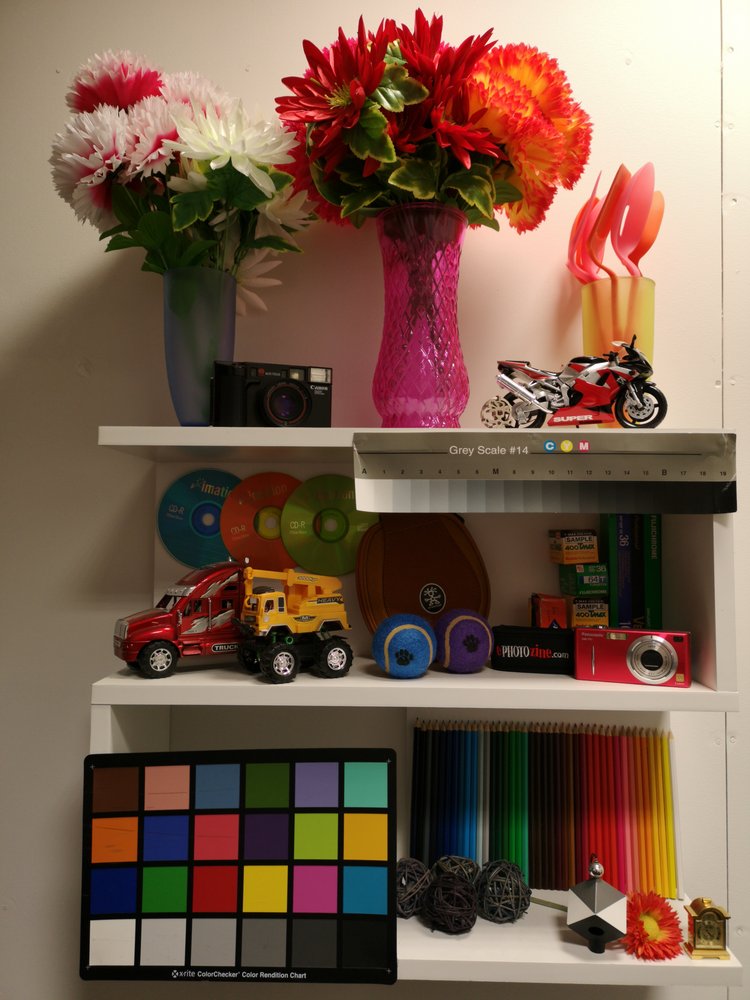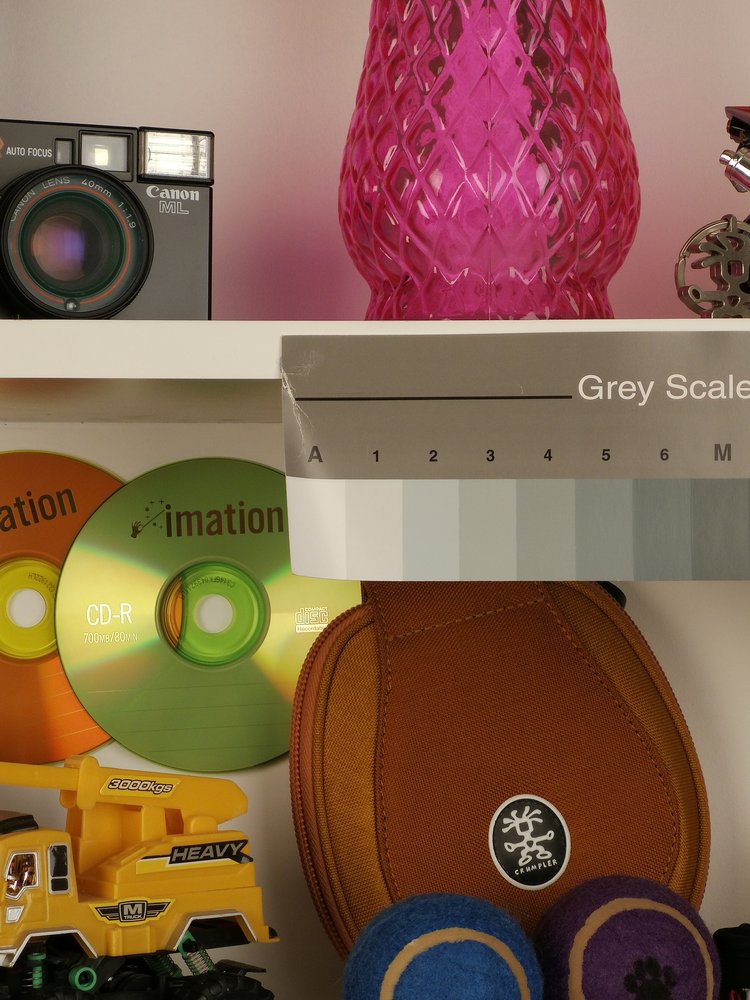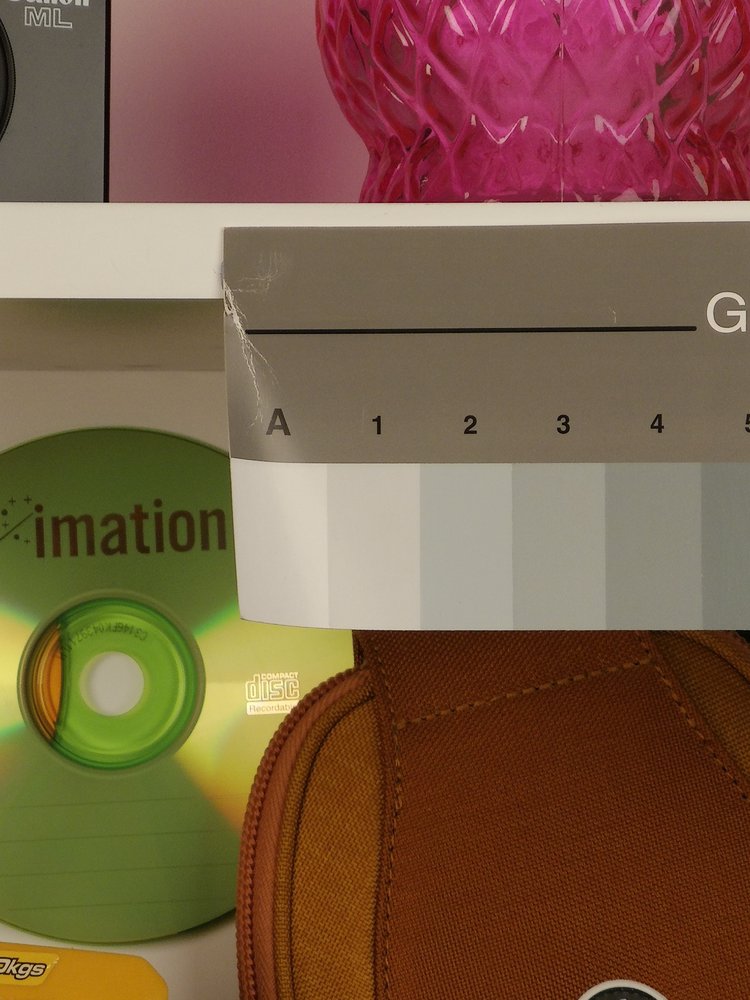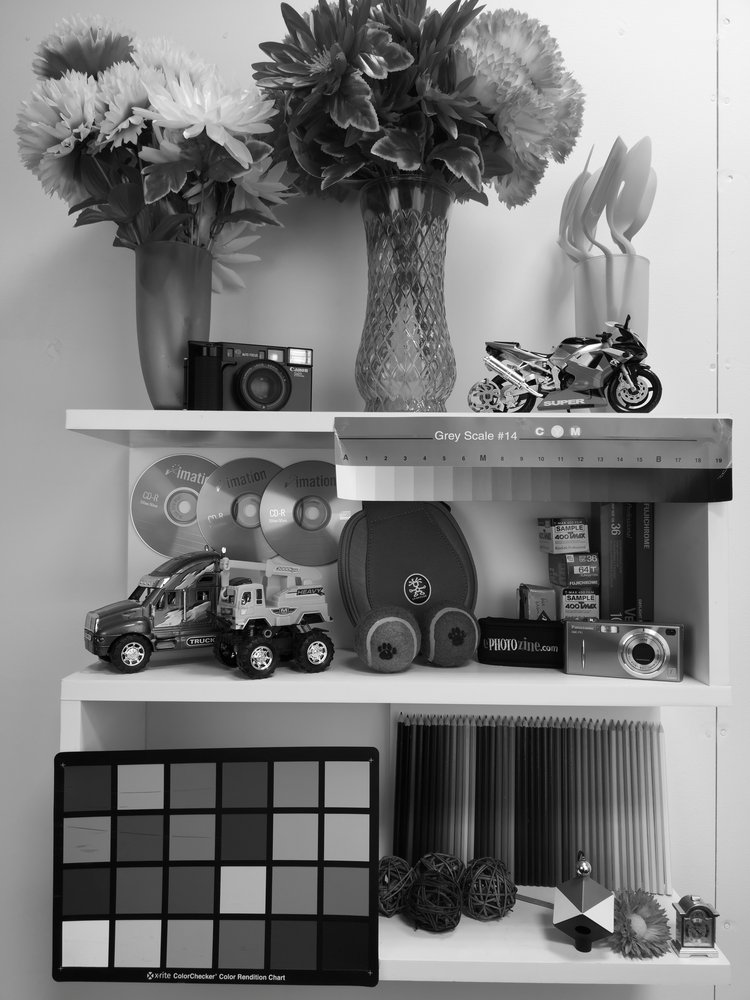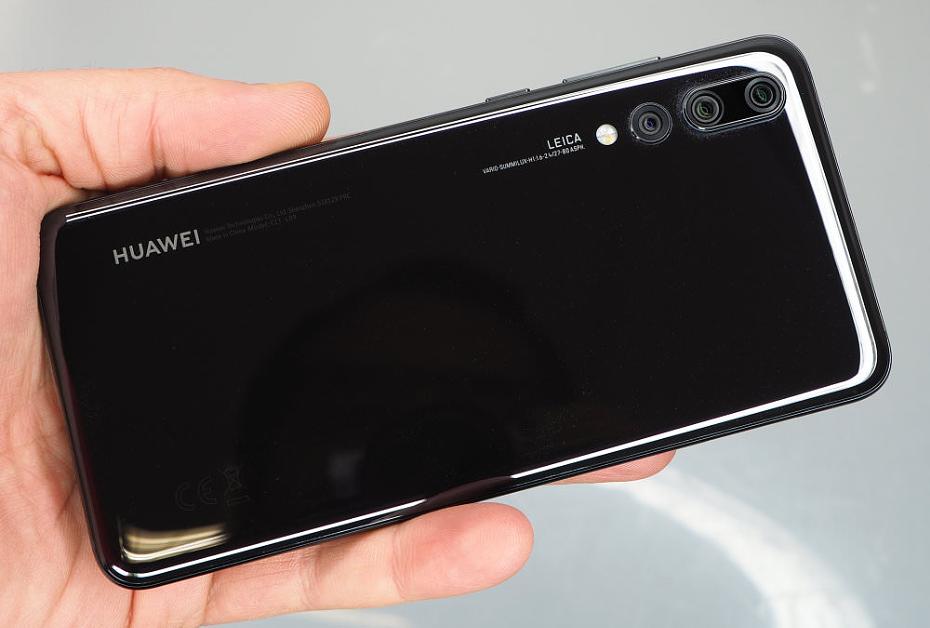
Quick Verdict
The Huawei P20 Pro is a stylish high-end smartphone and the first to feature three cameras on the back, however the results don't necessarily live up to the hype.
+ Pros
- Fast and responsive
- Large 6.1inch screen
- 40mp main camera
- 20mp f/1.6 black and white camera
- 3x telephoto camera
- Large 4000mAh battery
- Plenty of storage and RAM
- Cons
- Lacks a headphone socket
- Soft corners with main (40/10mp) camera
- Unimpressed by 5x zoom image quality
- 4K video lacks stabilisation
The Huawei P20 Pro is Huawei's top of the range flagship camera phone, the smartphone features a "Leica Triple Camera" and it is the first smartphone with three cameras on the back, consisting of a 40mp f/1.8 main camera, 20mp f/1.6 black and white camera, and an 8mp f/2.4 telephoto camera giving 3x zoom. Let's find out how this new smartphone performs.
Huawei P20 Pro Features
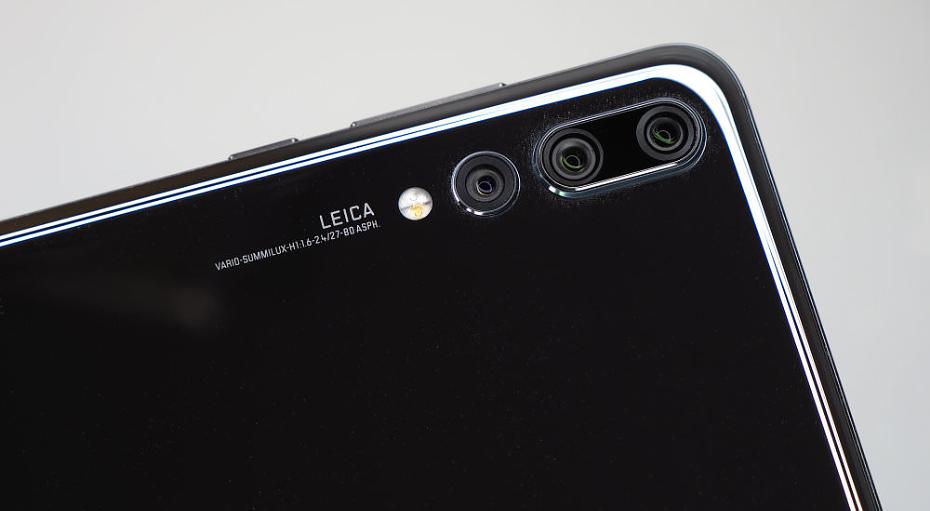
The triple cameras on the back are made up of the following camera units:
- 40mp f/1.8 - 27mm equivalent "Quad Bayer" sensor, with optical image stabilisation
- 8mp f/2.4 - 80mm equivalent colour telephoto camera
- 20mp f/1.6 - 27mm equivalent black and white
The 40mp and 8mp cameras are next to each other, with the single 20mp monochrome camera on its own, with a dual LED flash, and then LEICA branding. The 40mp camera is larger than most smartphone cameras, with a 1/1.7inch sensor with "Quad Bayer" sensor - which Huawei also call "Light Fusion Pixels". The phone uses the other camera(s) including the black and white sensor to add detail to images. There's a colour temperature sensor below the LED flash.
The selfie camera on the front of the smartphone features a 24mp f/2.0 camera.
Optical image stabilisation can be found on the telephoto camera, but details on the other camera units is not available, Huawei say that "AI Image Stabilisation" is used, combining a number of shots to reduce image shake or blur.
Huawei says that the smartphone features AIS - Artificial Intelligence Stabilisation - however, in iFixit's teardown of the P20 Pro, they seem to think that all three rear cameras feature optical image stabilisation, while JerryRigEverything confirms that only the telephoto lens has OIS. Huawei state that their solution comprises of hardware and software, and "AIS (AI Image Stabilisation) enables some truly exciting possibilities such as shooting clear photos in low-light conditions without a tripod."
The camera can record 4K (UHD) 30fps video, as well as high-speed video at 960fps at 720p, or 120fps video at FullHD resolution.
Handheld Night Mode - enables night photography without a tripod, with Huawei saying up to 4-second shots are possible. Using "AIS" Artificial Intelligence Image Stabilisation.
Like the Huawei Mate 10 Pro, the camera features "Artificial Intelligence" scene recognition, however, the P20 Pro will now recognise 19 scenes and object modes. The phone will then adjust colour, contrast, brightness, exposure, noise reduction and image sharpening to suit the scene.
There's a 6.1inch HDR10 screen, with an 18.7:9 ratio, and FullHD+ 2240x1080 resolution, with a small notch in the top where the speaker and selfie camera is.
![]()
Huawei P20 Pro Vs Samsung Galaxy S9 Plus Vs Google Pixel 2 XL.
The P20 Pro goes head-to-head with other large smartphones, such as the Samsung Galaxy S9 Plus (with 6.2inch screen and dual camera), Google Pixel 2 XL (with 6inch screen), and iPhone X (with 5.8inch screen and dual camera).
The photography app gives you manual controls, and you can shoot raw images as well (in Pro mode). There are numerous shooting modes available including Aperture (letting you set the aperture between f/0.95 and f/16), Night, Portrait (with bokeh, beauty and lighting controls), Photo, Video, Pro, Monochrome, Time-lapse, Watermark, Panorama, HDR, 3D Panorama, Slow-mo, Light Painting, Filter, and Document Scan. You can download additional modes as they become available, such as Good Food.
The fingerprint sensor is on the front of the smartphone, under the screen, and can be used to unlock the smartphone. The phone is waterproof (IP67 rated) to 1m for 30 minutes, and features a glass front and back, so a case is recommended.
The phone features Huawei's fastest processor, the Kirin 970, with an 8-core CPU (Central Processing Unit), 12-core GPU (Graphics Processing Unit), as well as an NPU (Neural-Network Processing Unit). It's this last part, that the smartphone uses to give the camera "AI" or "Artificial Intelligence".
Huawei says they use AI for a number of camera features, including:
- AI real-time objects and scene recognition (as detailed above)
- AI-powered image resolution enhancement
- AI-powered bokeh
- AI selfie and AI-powered digital zoom
- AI motion detection
The P20 Pro comes with 6GB RAM + 128GB ROM - this is plenty of storage, giving 111GB usable, which is a good thing, as there is no support for a MicroSD card. Battery life is provided by a non-removable 4000mAh battery, with smart power management, and fast charging. The phone uses USB Type C, there is no headphone socket, instead providing an adapter in the box, as well as USB Type C earphones.
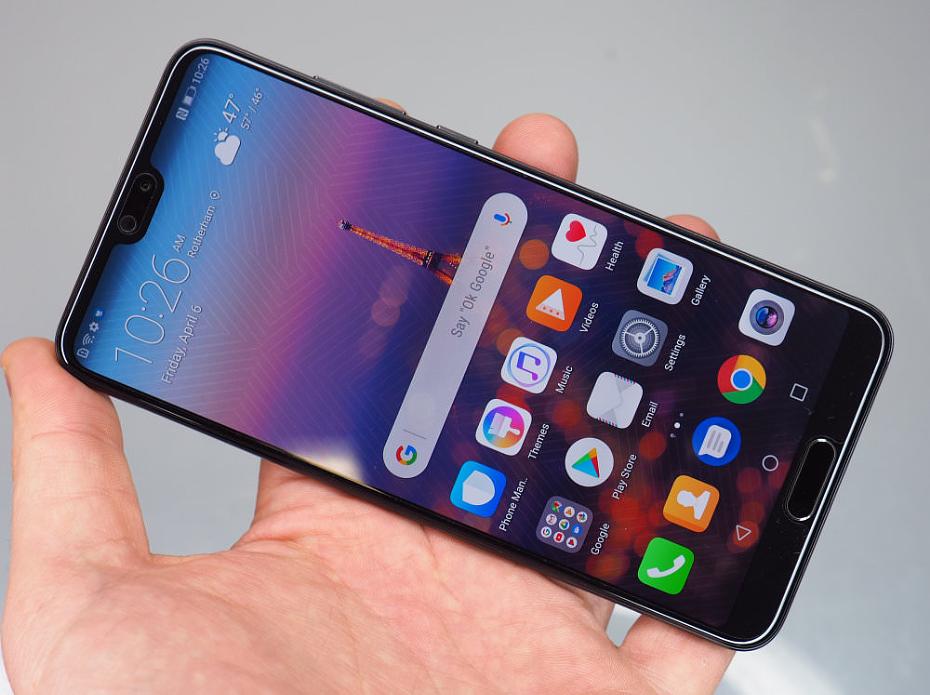
Key Features
- Leica Triple camera (on rear)
- Leica f/1.6 lens for 20mp monochrome sensor
- Main f/1.8 lens for 40mp (Quad Bayer) 1/1.78inch sensor (middle)
- Telephoto f/2.4 lens with 8mp sensor (produces 10mp images)
- 24mp f/2.0 selfie camera (fixed focus)
- Laser and Phase Detection Focus, 4D predictive focus
- 5x Huawei Hybrid Zoom (uses 3x telephoto lens)
- 6.1inch FullHD+ 2240x1080 HDR10 screen, 18.7:9 ratio
- Dual Tone LED Flash
- IP67 waterproof rating, 1m for 30 minutes
- 4K UHD video recording
- FullHD video at 60fps
- High-speed FullHD video at 120fps
- High-speed 720p video at 960fps
- ISO50 to ISO6400
- Wide-aperture mode (blurred background)
- 6GB RAM, 128GB ROM
- 4000mAh battery
- Android 8.1 (Oreo)
- Available in a range of colours including Black, Blue and Twilight
Huawei P20 Pro Handling
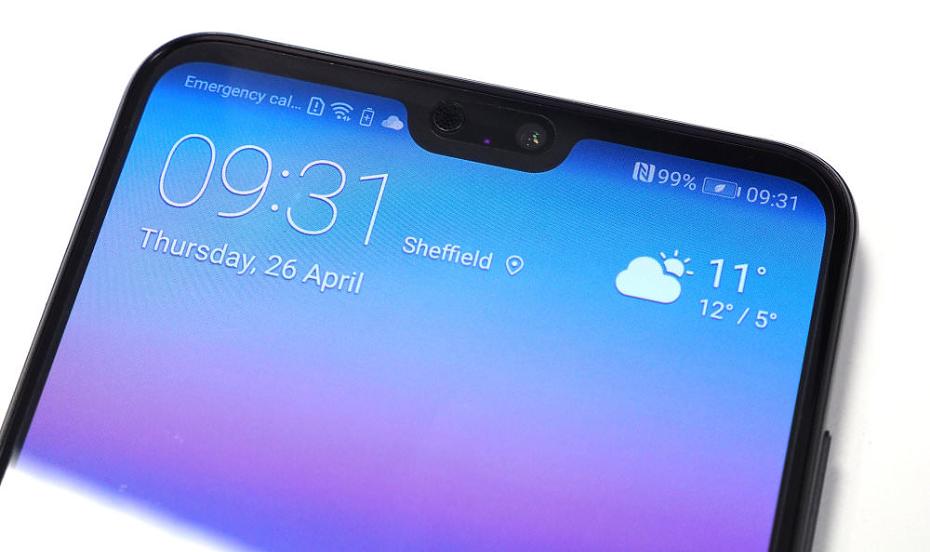
The P20 Pro feels solidly built, although you will most likely want a screen protector and case to protect the glass on the front and back of the smartphone. The metal sides and buttons give a premium feel, adding to the solid design of the smartphone. Like most smartphones with a glass back, the back is a fingerprint magnet, so you may want to quickly put on the case, or you may want to put a skin on the back to stop the phone sliding around so easily.
The Huawei P20 Pro has a slim body, measuring just 7.8mm thick. The phone is also smaller than both the Google Pixel 2 XL and Samsung Galaxy S9 Plus.
The fingerprint sensor is flush with the screen, and the phone unlocks very quickly. There is no physical home button, as the screen uses most of the front, and the main buttons, such as the home button is on-screen, reducing the usable screen area.
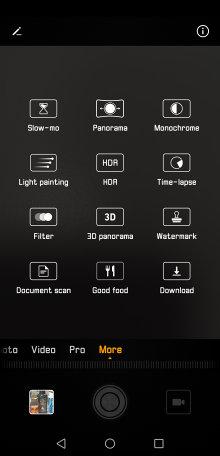 |
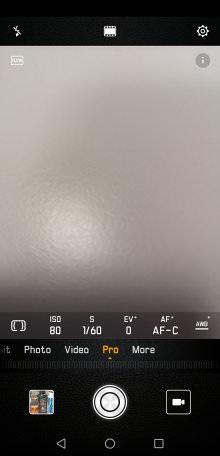 |
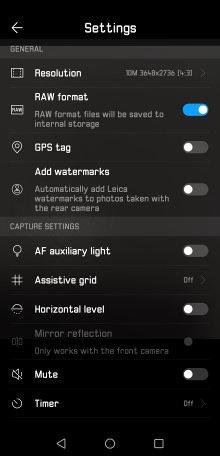 |
| Camera Shooting Modes | Pro Mode | Camera Settings |
In the camera app, you can scroll through the shooting modes at the bottom of the screen (above the shutter release button). You can switch between playback, photo and selfie modes, and the middle button is the shutter release button. In "Pro" mode, you can manually change camera settings, as well as switch on raw shooting.
At the top of the screen, there are different shortcuts depending what photo mode you're in, but you'll also find options for QR scanner, flash, moving picture, colour (standard, vivid, smooth colours), and settings. There's a button to change the zoom level between 1x, 3x, and 5x. You can also go between 1x and 10x zoom by pinching the screen. You can use the screen to set the focus position, as well as adjust exposure.
You can quickly get to the camera by double pressing the down volume button. Once in the camera app, you can also use this button to take photos, or you can set it to automatically take a photo straight away after double pressing the volume down button.

The screen looks good and is bright, making it good outdoors. Viewing angles are very good. You have the choice of the notch at the top being visible or "hidden" as shown below:
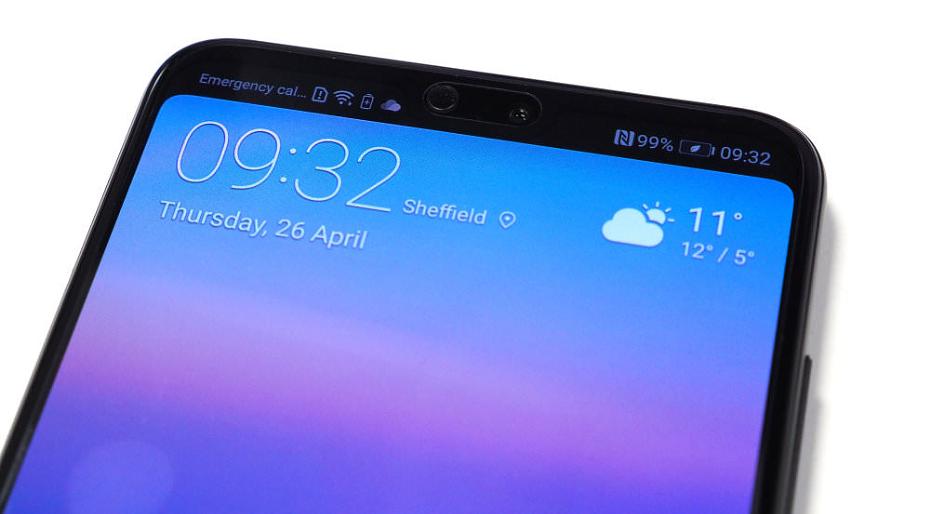
Huawei P20 Notch Off
We ran a number of benchmarks to see how the Huawei P20 Pro compared to some other premium smartphones:
AnTuTu: 208,210 score. Faster than the iPhone X, but not as quick as the S9 Plus.
Geekbench: 1921, 6540 (multi-core)
The phone feels very quick in use, and the camera is responsive with both fast focus speeds and shutter response. If you hold the on-screen shutter release button, then you can shoot at roughly 18fps, for up to 100 shots.
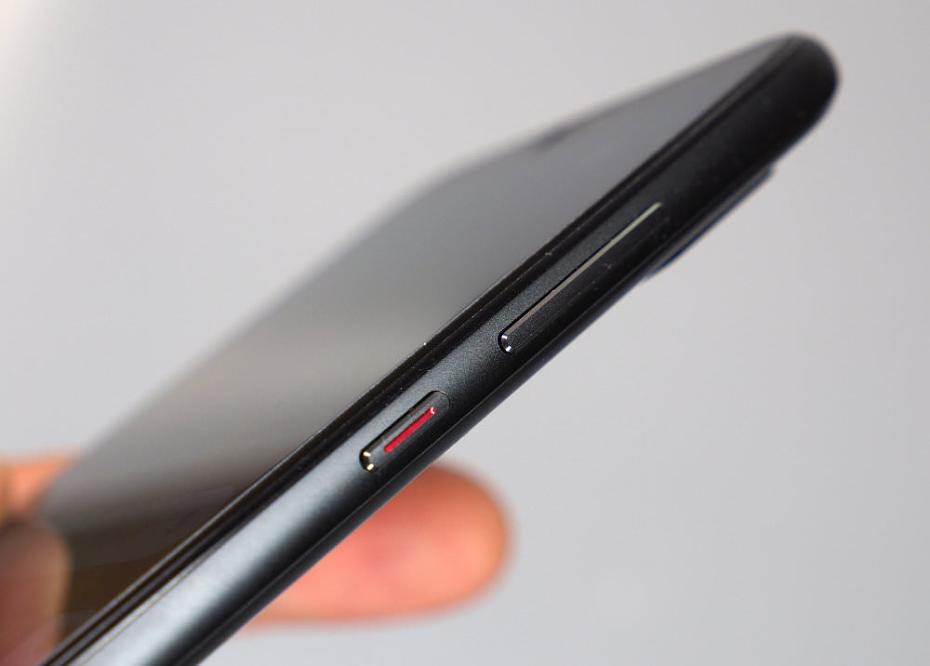
Battery life - Battery life is good, with the smartphone featuring an impressive 4000mAh battery. Battery management means this should last a good length of time. As the battery is non-removable, you will need to use an external charger, if you run out of power on the move.
Huawei P20 Pro Performance
The performance section is where we look at the image quality performance of the camera. Additional sample photos and product shots are available in the Equipment Database, where you can add your own review, photos and product ratings.
Huawei P20 Pro Sample Photos
Sample Photos - Photos from the camera have bright saturated colours, and exposure is reliable - some may find the colour saturation too much at times. The background blur / wide-aperture mode can produce some reasonable results, although they don't quite match a camera with a larger sensor. When using the portrait mode you can adjust the "Beauty level", switch "Artistic Bokeh" on and off, and adjust lighting modes. The dual LED flash performs well, as long as your subject isn't too far away from the camera. The night mode lets you shoot at shutter speeds up to 7 seconds without the use of a tripod! Digital Filters - There are 8 different filters built-in to the camera app, and you can adjust the strength of the filter before shooting.
Panorama mode - The camera features an automatic panoramic mode, where you simply press the shutter release button and pan the camera from one side to the other. Results are good and well stitched together, and the camera produces a high-resolution image, around 30mp.
Huawei P20 Pro Lens test images
Lens Performance - Close focus is good, letting you get close to your subject for a smartphone camera. There is some distortion, but nothing too concerning, and detail is good using the main camera (in 10mp mode), with the camera producing images that have more detail than competing 12mp smartphones. Raw files are recorded as AdobeDNG files and stored in DCIM/Camera/RAW. Raw images taken with the main camera are 40mp images and are roughly 76MB in size.
There are minimal signs of vignetting, and images taken in good light show low levels of noise. Focus is generally quick and reliable, although sometimes struggled in low-light. Monochrome camera - the 20mp f/1.6 camera continues to impress with sharp detailed photos.
Telephoto lens - The telephoto lens offers optical image stabilisation, and this tends to give a stable image, if you wait a second or two for the image to settle. The telephoto camera often gives a less saturated image, and can struggle to focus on closer subject. So you may need to take a few shots, and you'll most likely need to edit the photos to match the same colour saturation as the main camera.
The selfie camera claims to be a 24mp camera, however, the selfie camera is fixed focus at a relatively close distance, so care needs to be taken to ensure that the subject(s) are at the optimum distance, as otherwise, they'll be out of focus due to being too close, or too far away from the camera. The selfie camera can use the screen as a flash if it's dark enough. Results look average and don't really look like they've been taken with a 24mp camera.
Huawei P20 Pro ISO test images
ISO Noise Performance - If you shoot at the 40mp image size, then the highest ISO speed you'll want to use is ISO400, as noise starts to become strong. Above this speed, images become softer, although ISO800 may still provide usable images. At 10mp, results are good up to ISO800 / ISO1600. At ISO3200 and above, colour saturation drops off. Shooting with the 20mp black and white camera, results are quite good even at the highest ISO speeds of ISO1600 and ISO3200 / ISO6400, making it a good option in low-light conditions.
You can switch between 40mp and 10mp photos, and in Pro mode, you can also shoot raw images. You can't shoot raw images with the 20mp monochrome camera, or the 3x telephoto camera.
Huawei P20 Pro White-balance test images
White Balance Performance - Auto White Balance (AWB) performs well under a variety of shooting conditions, whether tungsten, fluorescent or mixed lighting. For most situations, you shouldn't need to use any of the presets, and the fluorescent preset gave a yellow colour cast. You can set the white balance manually, with the camera letting you set the Kelvin (K) from 2800K to 7000K.
In 10mp mode you can shoot with 1x, 3x or 5x zoom. Images taken with the telephoto lens were sometimes okay, but other times we were left disappointed with the colour and saturation in images when compared to photos taken with the wide-angle lens. The 5x zoom looks like digital zoom and rarely impressed. If you're simply going to be sharing the images on social media websites, then it may provide you with usable images.
Video - The camera will record 4K UHD video at 30fps (37-39mbps), FullHD video at 60fps (25mbps), FullHD video at 120fps (slow-mo), and super slow-mo at 960fps at a reduced resolution of 720p. The video mode uses the main 40mp camera, and you can't select the other cameras.
If you want to switch on electronic image stabilisation, then you need to record at a reduced resolution and frame rate, of FullHD and 30fps. Video quality is good, although it's a shame that stabilisation isn't better when using the 4K video mode. The highest resolution video available using the selfie camera is FullHD+. Additional videos can be found on the ePHOTOzine YouTube Channel.
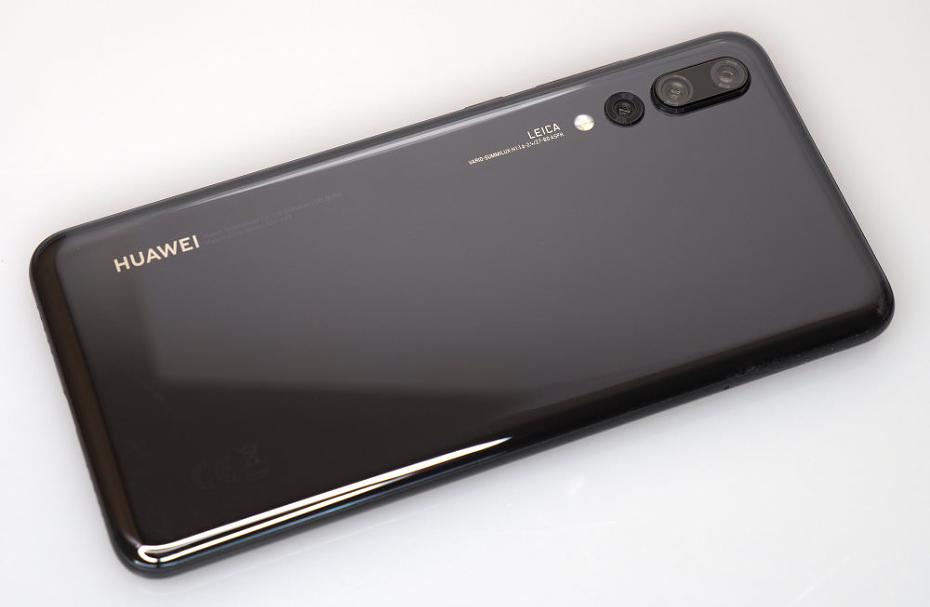
Value For Money
The Huawei P20 Pro will be available for £799 sim-free with 128GB, which makes it quite good value for money in this range of larger premium smartphones. Alternatives include the following:
Samsung Galaxy S9 Plus, 6.2inch screen, dual 12mp camera, wide (f/1.5-2.4) and telephoto, £869
Google Pixel 2 XL, 6inch screen, 12mp f/1.8 camera, £799.
Samsung Galaxy Note 8, 6.3inch screen, dual 12mp camera, wide and telephoto, £869.
LG V30, 6inch screen, dual camera, 16mp wide-angle and 13mp ultra-wide-angle, £799.
iPhone X, 5.8inch screen, dual 12mp cameras, wide and telephoto, £999.
Samsung Galaxy S8, 5.8inch screen, 12mp f/1.7 camera, £669.
Have a look at more smartphones in our Top 10 Best Smartphones for Photography or have a look at the Best Smartphones under £300 for Photography for more options. You'll also need to buy a memory card and a case or bag to keep your camera safe and protected - have a look at our complete guide to camera bags.
Huawei P20 Pro Verdict
You've got a 40mp f/1.8, 27mm equivalent camera. This gives improved detail in images that are reduced down to 10mp, however, any lens or image problems are replicated in the smaller 10mp images, so if the lens is soft on one side (which ours was), or soft in the corners (which ours was), then this will also show up in the 10mp images. You do get images with lower noise and impressive levels of detail, giving more detail in images compared to 12mp smartphones, even when looking at 10mp images. The benefit of this is the larger sensor size, which gives improved low-light performance. You can shoot at 40mp, but most likely won't be impressed with images when viewing them at 100%.
There's an 8mp f/2.4, 80mm equivalent camera - for 3x telephoto reach, producing 10mp images. For 5x zoom, Huawei says this is "lossless" or a "Hybrid" zoom, however the camera uses the 3x lens, and effectively uses digital zoom (and multiple shots) to produce an image that is supposed to have as much detail as a 5x optical zoom (135mm equivalent), unfortunately, we were unimpressed. Detail is low and images simply look like they're made from digital zoom and sharpening.
The wide-angle monochrome 20mp f/1.6 camera can be accessed by pressing "more" and finding the monochrome shooting mode, it's a shame this isn't easier to access. You can shoot in Pro mode with the black and white camera, although you don't get the option to shoot raw images using this camera. The 20mp black and white camera offers sharp detailed images and is a great choice for creative shots.
For most people, they won't particularly care that to get the best out of the P20 Pro, you need to shoot at 10mp. Images can look oversharpened, and over-processed, and at times we were disappointed when viewing the 40mp images. Stick to 10mp images, and avoid the 5x zoom and you get a smartphone camera with a good wide-angle camera, a decent 10mp 3x camera, and a very good 20mp black and white camera.
You can switch off "Photo Genius" (AI) and/or shoot in Pro mode to avoid the camera increasing the saturation excessively. There's plenty of manual controls available, as well as the option to shoot raw (for the main camera).
The P20 Pro gives you pretty good images from the main camera, excellent black and white photos, a reasonably good 3x telephoto lens, and a disappointing selfie camera, despite the "24mp" labelling. I'd much rather use an 8mp selfie camera with AF, such as the one found in the Samsung Galaxy S8 onwards.
If you're not bothered about telephoto reach, then you can get a dual camera colour/black and white camera, such as the P20 and Mate 10 Pro, or if you don't want a monochrome camera, then you can go for something like the Samsung Galaxy S9 Plus, with 2x telephoto lens. Having a 3x telephoto lens on a smartphone is unique, and it wouldn't surprise us if this is the future of smartphones. Imagine a smartphone with a wide-angle, 2x telephoto, and 3x telephoto cameras, and you've got the future of photography. However, the P20 Pro is almost there, but the lack of successfull optical image stabilisation (OIS) can be frustrating, as images aren't always sharp when taken with the 3x telephoto lens. Alternative smartphones offer a 2x telephoto lens, and with the S9 Plus and iPhone X, you get OIS in both cameras.
On first impressions, and as long as you don't look at the photos in too much detail, the P20 Pro produces reasonable results. The ability to shoot photos with a 7-second exposure handheld when taking night photos, is quite breathtaking, as long as you don't mind the soft image that you get. If you're more serious about photography and do want to spend time editing photos or use them for something more important, then you get better images from the alternative smartphones mentioned, albeit without the same number of cameras.
|
The Huawei P20 Pro offers a four different cameras, but doesn't quite deliver a great camera experience from all four of them. |
Own this product? Let us know what you think of it in the EQDB.
Spotted a mistake? Let us know in the EQDB.
